
In the letter, the Politburo agreed with Comrade Vo Nguyen Giap's assessment of the results of our army's two recent attacks and the current preparation plan. Meanwhile, our troops continued to tighten the siege, digging trenches to encircle stronghold 206.
Letter from the Central Party Secretariat to Comrade Vo Nguyen Giap
“On April 19, 1954, the Politburo met to listen to comrade Hoang Tung report on the second attack and the current combat preparation plan. The Politburo agreed with comrade Vo Nguyen Giap's assessment of the results of our army's two recent attacks and the current preparation plan.
The Politburo reminded comrade Vo Nguyen Giap to pay attention to the following points: because the enemy also clearly recognized the importance of this battle, especially the American interventionists who were trying to push it, they continued to try to cope. They could: Learn from the experience of defending Hill A1 and organize a defense in the central area; Concentrate more aircraft and heavy artillery to destroy our positions; Try to sabotage our supply lines in a targeted manner.
Their aim was to hold out until the rainy season, assuming that at that time our troops would have to withdraw because they could not overcome the difficulties of supply. And if they could concentrate enough planes and paratroopers, when necessary, they could parachute behind our positions or at a point that could be held on our supply line to save them.
Our immediate task is to, on the one hand, strengthen the army's determination to win total victory, especially that of cadres at all levels, firmly grasp the motto "fight firmly, advance firmly"; on the other hand, ensure supplies for the front line.
The Politburo urged the Supply Council and the regions and provinces to mobilize human and material resources to serve the campaign. Comrade Tran was sent to the front, Comrade Dung to Region IV, and Comrade Thanh to Viet Bac to inspect and supervise. At home, Comrade Luong was in charge of general supervision. He remembered to report daily to the Central Committee on the results of transporting food and ammunition to the front line.
The Politburo also agreed with the plan to build the army according to the comrades' opinions. It assigned comrade Thanh and comrade Dung to immediately carry out the necessary tasks, and at the same time study some related issues.
The Politburo also sent a brief Resolution with the letter for comrade Vo Nguyen Giap to disseminate to all cadres and party members to clearly understand the determination of the Party Central Committee and strive to complete the task.
Ensuring supply to the front line
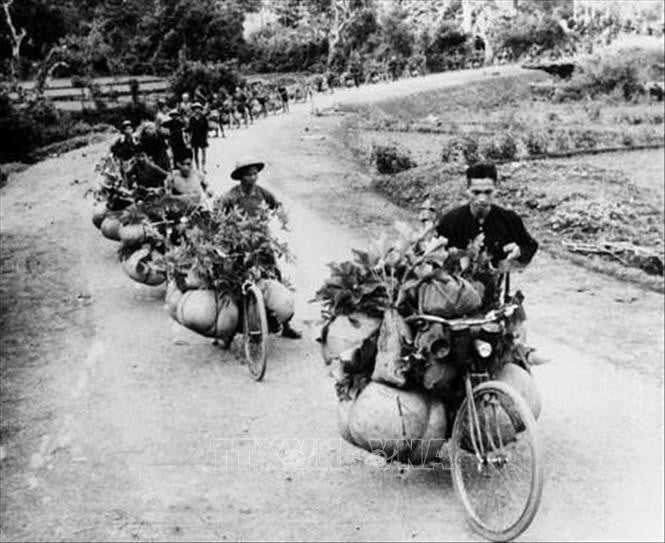
“After the Resolution of April 19, 1954 of the Politburo, the comrades in charge of the General Departments and many other Central Committee members were assigned by the Politburo and the Secretariat to localities, from the Viet Bac Inter-zone to Inter-zones 3 and 4, to urge the mobilization of human and material resources to support the key battlefield of Dien Bien Phu.
In a meeting of the Thanh Hoa Provincial Party Committee, comrade Van Tien Dung said: The soldiers of Dien Bien Phu are not afraid to sacrifice their blood and bones to destroy the enemy and have promised to be determined to fulfill the task assigned by the Central Committee. The campaign is on the way to victory. We cannot let the soldiers starve due to lack of food without completing the task of destroying the Dien Bien Phu stronghold. The Party Central Committee has decided to concentrate all capabilities on the front line to achieve total victory in this campaign. Comrades, please be determined to join the Central Committee and our heroic soldiers in Dien Bien Phu to overcome all difficulties to defeat the enemy...
Responding to the call of the Party Central Committee, the regions and provinces mobilized local people to race against time and against floods to ensure all the needs of the soldiers at the front. Hundreds of cadres attending land reform training courses were also ordered to temporarily suspend their studies and quickly leave for the front lines.
The enemy tried their best to destroy our supply routes, but they themselves had to admit that the supply lines from the rear never stopped flowing. Worker groups and transport convoys were constantly on their way to the front.
Along with directing the reception, preservation and effective use of supplies from the rear, the Front Party Committee directed the logistics agency to thoroughly exploit local supplies. Under the direction and organization of comrades Bang Giang and Nguyen Van Nam, a waterway transport route was opened.
More than a hundred waterfalls on the Nam Na River were destroyed. The fierce river was subdued by the brave spirit of the engineer soldiers, typically the hero Phan Tu and his comrades. On the Nam Na River, more than 10,000 rafts carried over a thousand tons of rice from Nam Cum village to Lai Chau to be transferred to Tuan Giao - Dien Bien.
To normalize the daily life and maintain the health of the soldiers, especially during the difficult days of logistics and supply, the leaders of the units proactively sought every measure to improve the soldiers' meals. In the 316th Division, the soldiers found thousands of wild banana flowers to replace vegetables; they dug up dozens of tons of cassava. The 316th Division also sent people to the rear to hunt herds of cows to provide fresh meat for the soldiers.
In just a short time, the soldiers of Division 312 dug up 62 tons of cassava, caught 12 tons of fish, and collected 36 tons of various vegetables. Division 312 also organized a convoy of vehicles to buy supplies from the rear for the troops.
The 351st Division marinated meat in the rear and sent it to the units, producing more than 100 tons. Many units soaked bean sprouts so that soldiers' meals always had fresh ingredients. The 88th Regiment (308th Division) had a period when each soldier had an average of 150 grams of bean sprouts per day.
The life of the frontline agency also had difficult days. The management cadres made great efforts, going to the highlands to buy vegetables, chickens, ducks, and even to Zone IV to buy dried food to improve the meals for the soldiers.
In general, all units organized vegetable planting, wild vegetable gathering, bean sprout soaking, organized vegetable and meat purchasing, organized tobacco, candy, toothpaste, and soap supplies for the troops.
With the timely and enormous support from the rear, and the determination to overcome all difficulties of the commanders at all levels and in all sectors, the difficulties in logistics and supplies were overcome. Preparations for the third offensive were carried out carefully in all aspects. The lives of the soldiers in the trenches were improved to the point of normalization, the health of the soldiers was restored, the ammunition and rice depots were full and plentiful, ensuring that the campaign would last until the end of May. New recruits were well trained and tested right next to the enemy's position, and quickly matured in the movement of encroachment and sniping... Everyone was ready to enter the new battle with a firm belief in the final victory of the great historical campaign.
As the enemy later admitted, in the all-out battle of wits and strength in the last weeks of April, victory belonged to the enemy. General De Castries had to comment that, in those very days, our army had put the soldiers under his command in an unbearable situation and the stronghold group could not help but be destroyed.” (2)
Our troops continued to tighten the siege, digging trenches to encircle stronghold 206.
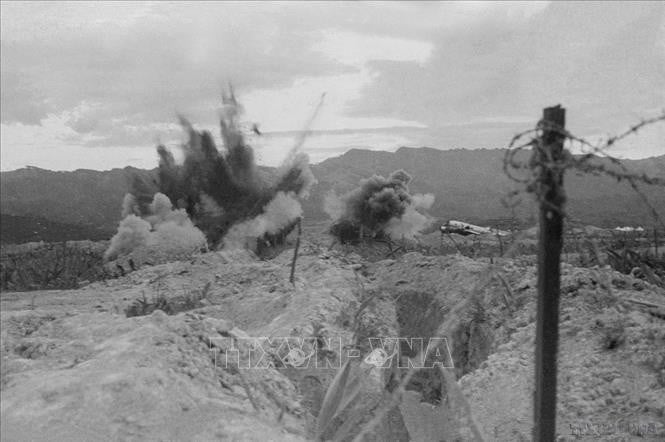
At stronghold 206, “during the day, our trenches continued to crawl closer to the enemy. Now, our soldiers no longer crawled like before but changed the way they dug, combining digging trenches with digging underground tunnels.
The soldiers dug underground trenches, both to avoid grenades and to keep secret. After digging each section, they would collapse it, camouflage it, and then dig further. Finally, the only thing separating our troops from the enemy at base 206 was a thin fence. If we could just break the fence in front of us, our soldiers could jump right into base 206.
By the night of April 21, 1954, on all three sides, the trenches of our troops had reached close to the last barbed wire fence of the 206 stronghold. The units digging the battlefield were ordered to stop digging and find a way to secretly destroy the remaining barbed wire fence, creating openings so that when the attack order was given, they could jump out of the trenches and rush into the enemy stronghold.
In the company commanded by comrade Ngo Van Dau, soldier Phe took off all his clothes, covered himself with mud, then used pliers to cut the barbed wire right in front of the enemy's loophole. Comrade Phe's miracle was later jokingly called "Yaksha's miracle" by his fellow soldiers. (3)
Coordinate with Dien Bien Phu battlefield
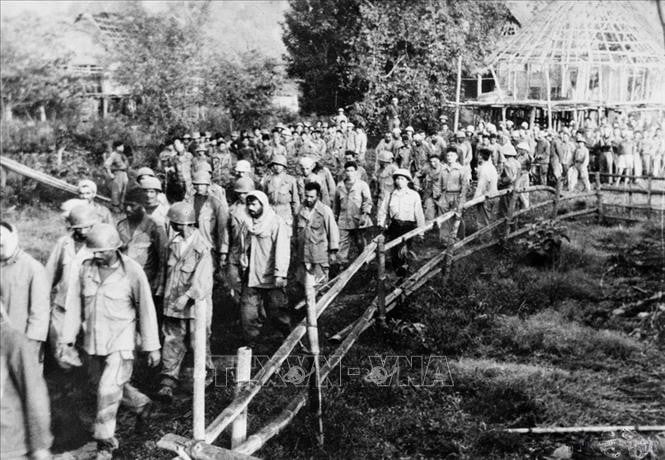
“In Phu Yen, on April 21, 1954, in the battle against the enemy at Suoi Coi, Battalion 365 completely destroyed the 1st Royal Guard Battalion, capturing more than 200 prisoners. After these initial victories, Battalions 365 and 375 continued to advance towards Tuy Hoa, coordinating with local forces to strongly attack Highways 1, 6 and 7.
Also on April 21, 1954, our troops raided Bau Nham, destroyed a puppet battalion, and developed an attack to destroy two other battalions in the Ban Thach bridge area...
To deal with our troops' activities in the Phu Yen direction, the French Command was finally forced to withdraw the 41st Mobile Corps from Dieu Tri (Binh Dinh) back to defend Tuy Hoa. Their occupation area in Phu Yen was also forced to narrow down and concentrate into four large clusters: La Hai, Song Cau, Chi Thanh and Tuy Hoa.
On Route 19, the confrontation between us and the enemy took place urgently and vigorously. Although the enemy had concentrated three mobile troops to try to open the road, during the second phase of the campaign, this important route was still frequently cut off and strongly threatened by us.” (4)
Lao Itxala Front sends letter to Vietnamese cadres, soldiers and laborers at Dien Bien Phu front
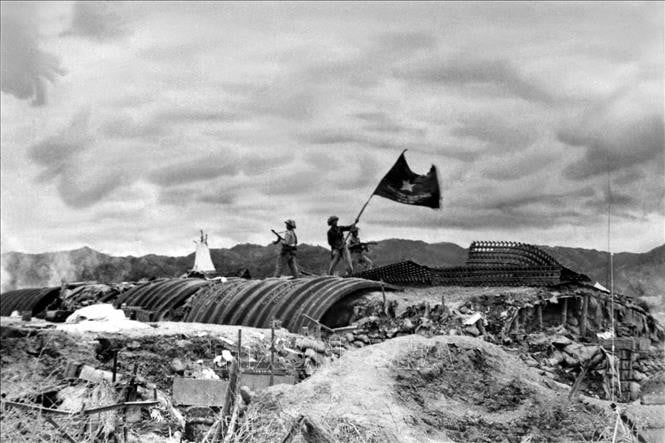
Receiving news of the victory of the Dien Bien Phu Campaign, on April 21, 1954, the Lao Itxala Front sent a letter to Vietnamese cadres, soldiers, and laborers at the Dien Bien Phu front.
The letter reads: “Receiving the news of your overwhelming victories at the Dien Bien Phu front, our Front Central Committee, together with all the Pathet Lao people, are very happy and excited. You have contributed greatly to the destruction of a large number of enemy forces and the destruction of the Nava plan of the French-American imperialists, not only in Vietnam but also in the whole of Indochina. On behalf of the Pathet Lao people, we warmly congratulate these great victories and believe that you will achieve even greater victories.
The Pathet Lao people promise you that they will strive to follow your heroic example of fighting, overcoming difficulties and enduring hardships to stand shoulder to shoulder more and more closely with their two close friends, Vietnam and the Khmer, together defeating the common enemy, the French colonialists, the American interventionists and their lackeys, regaining independence and peace for the three peoples of Vietnam, Cambodia and Laos.
Source



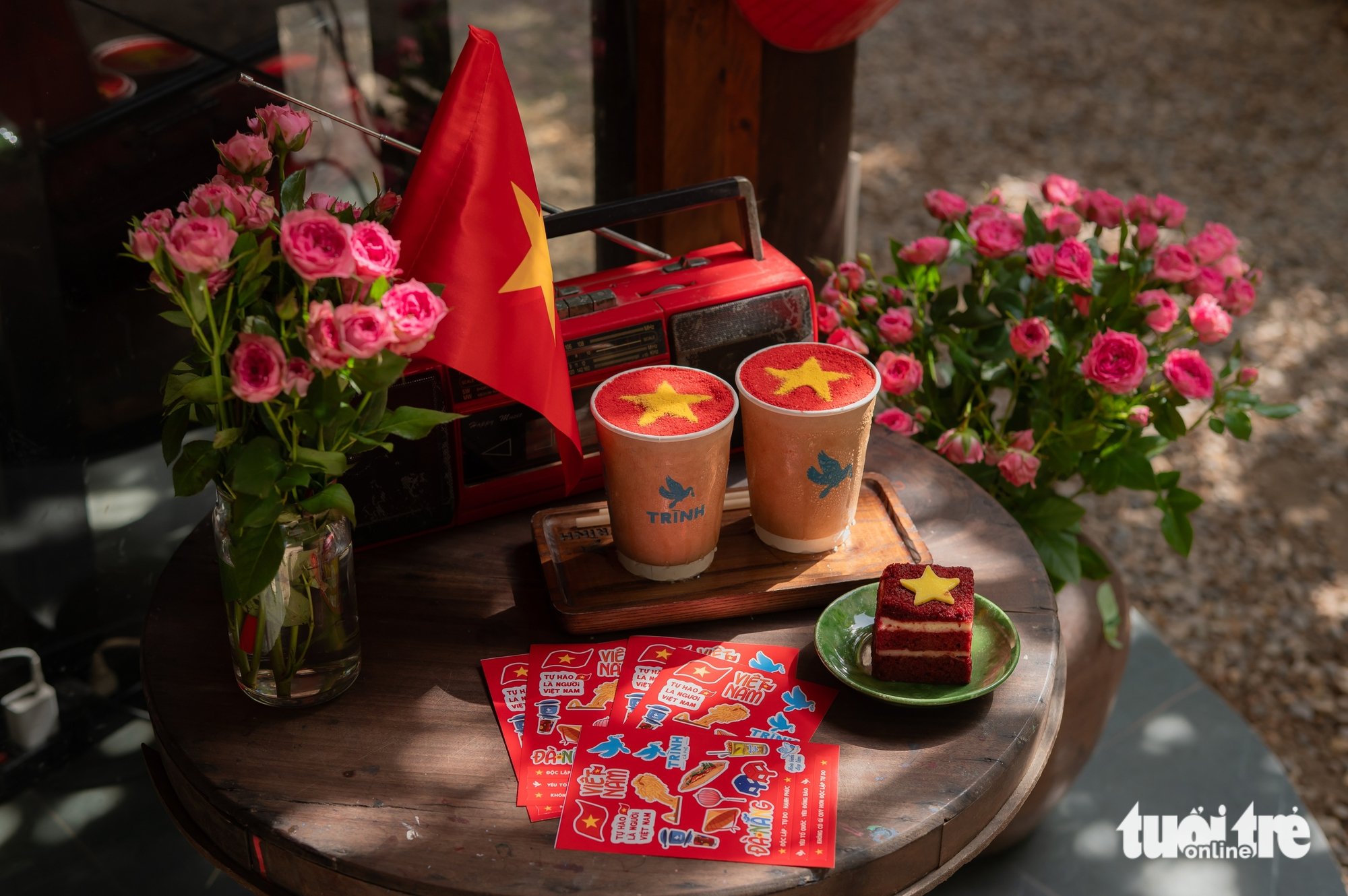
![[Photo] General Secretary To Lam attends the 80th anniversary of Vietnam's diplomacy](https://vstatic.vietnam.vn/vietnam/resource/IMAGE/2025/8/25/3dc715efdbf74937b6fe8072bac5cb30)
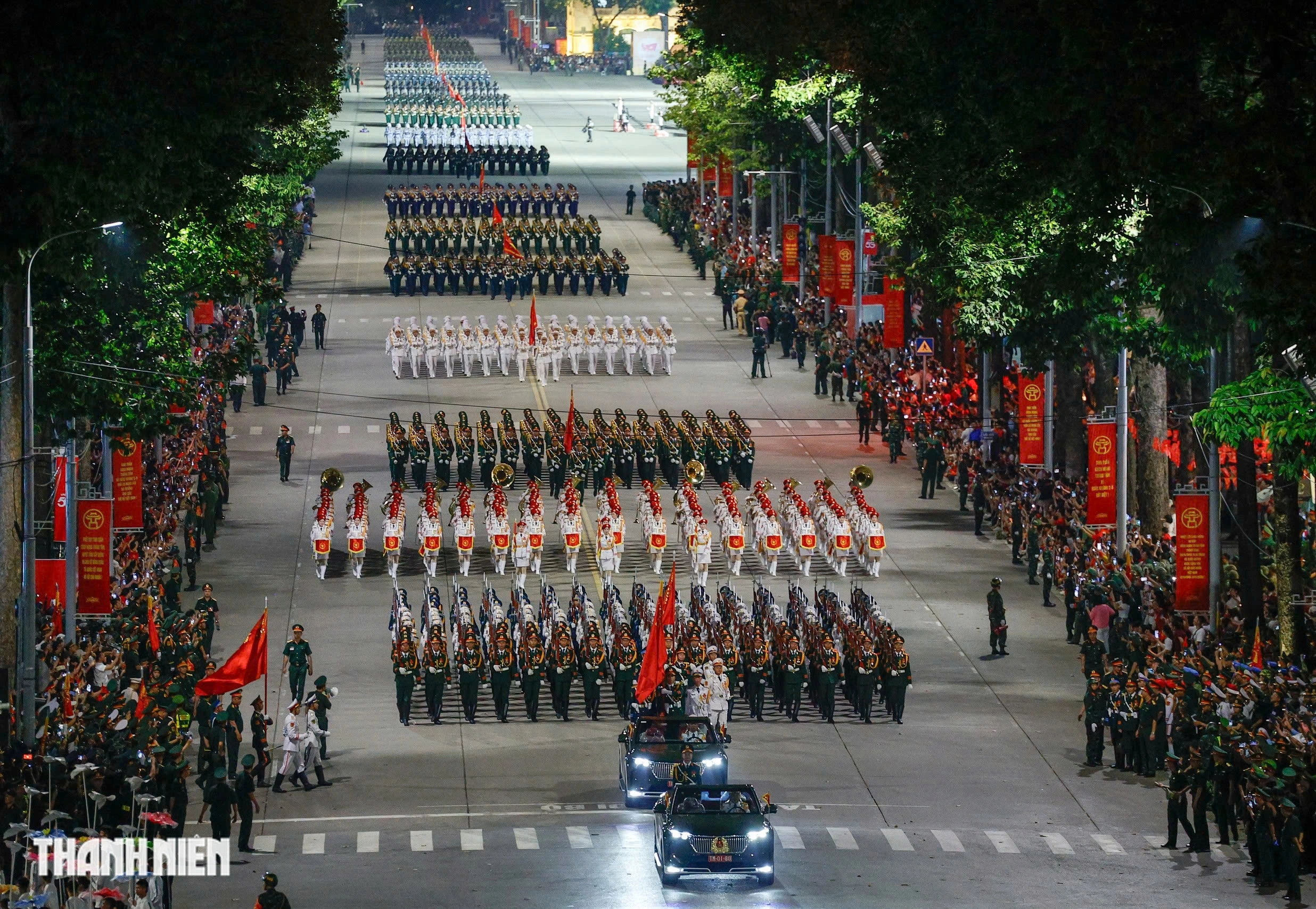
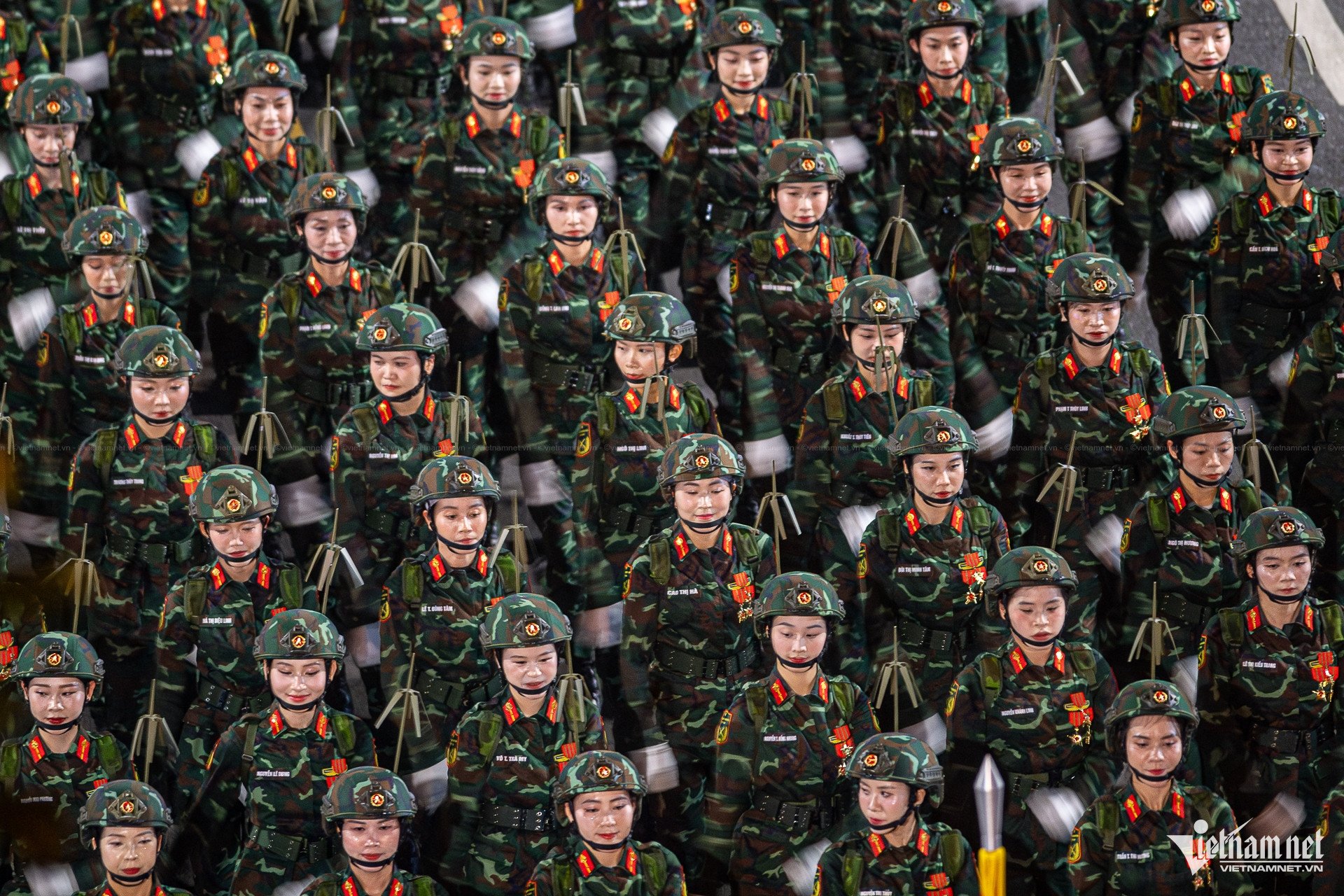
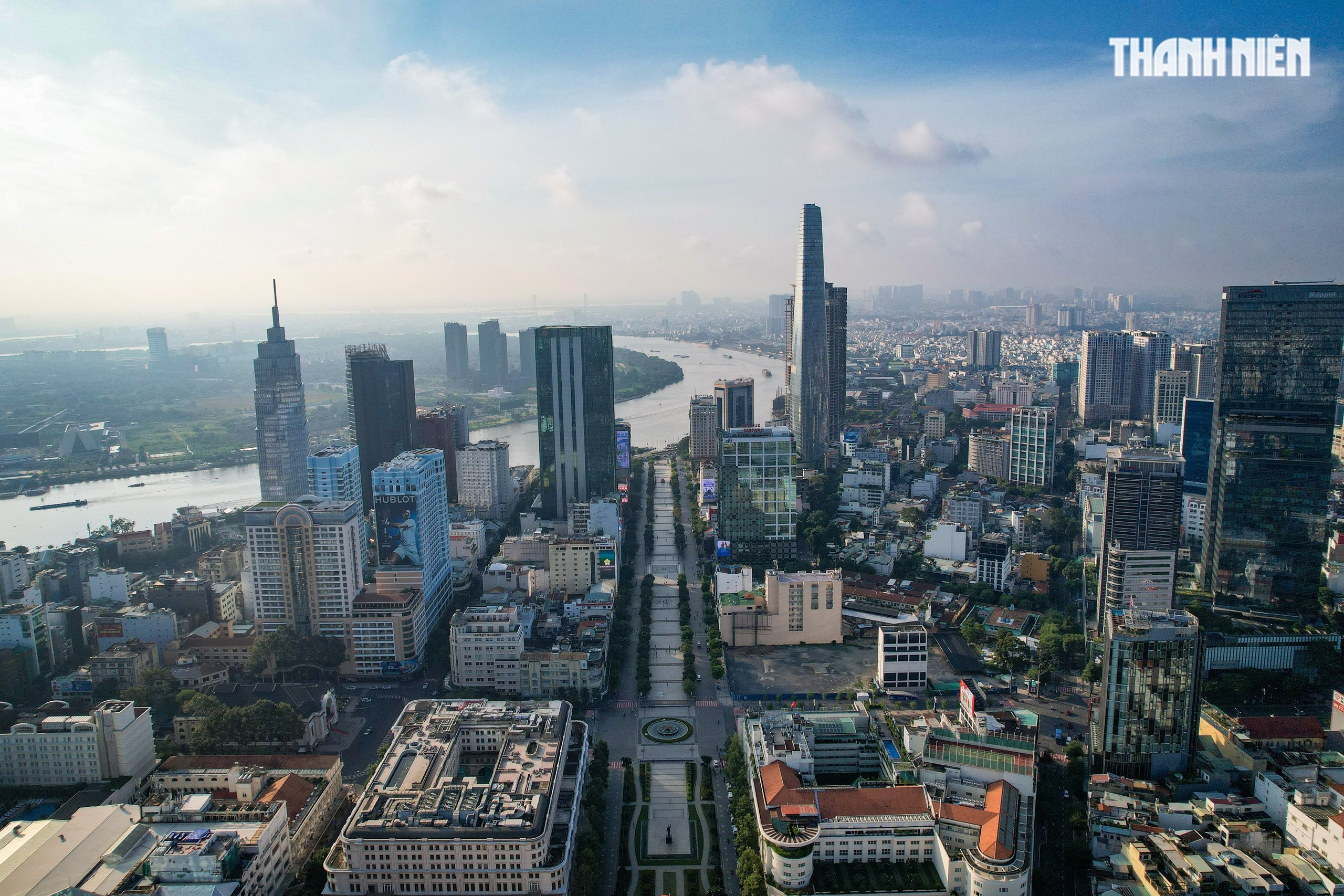
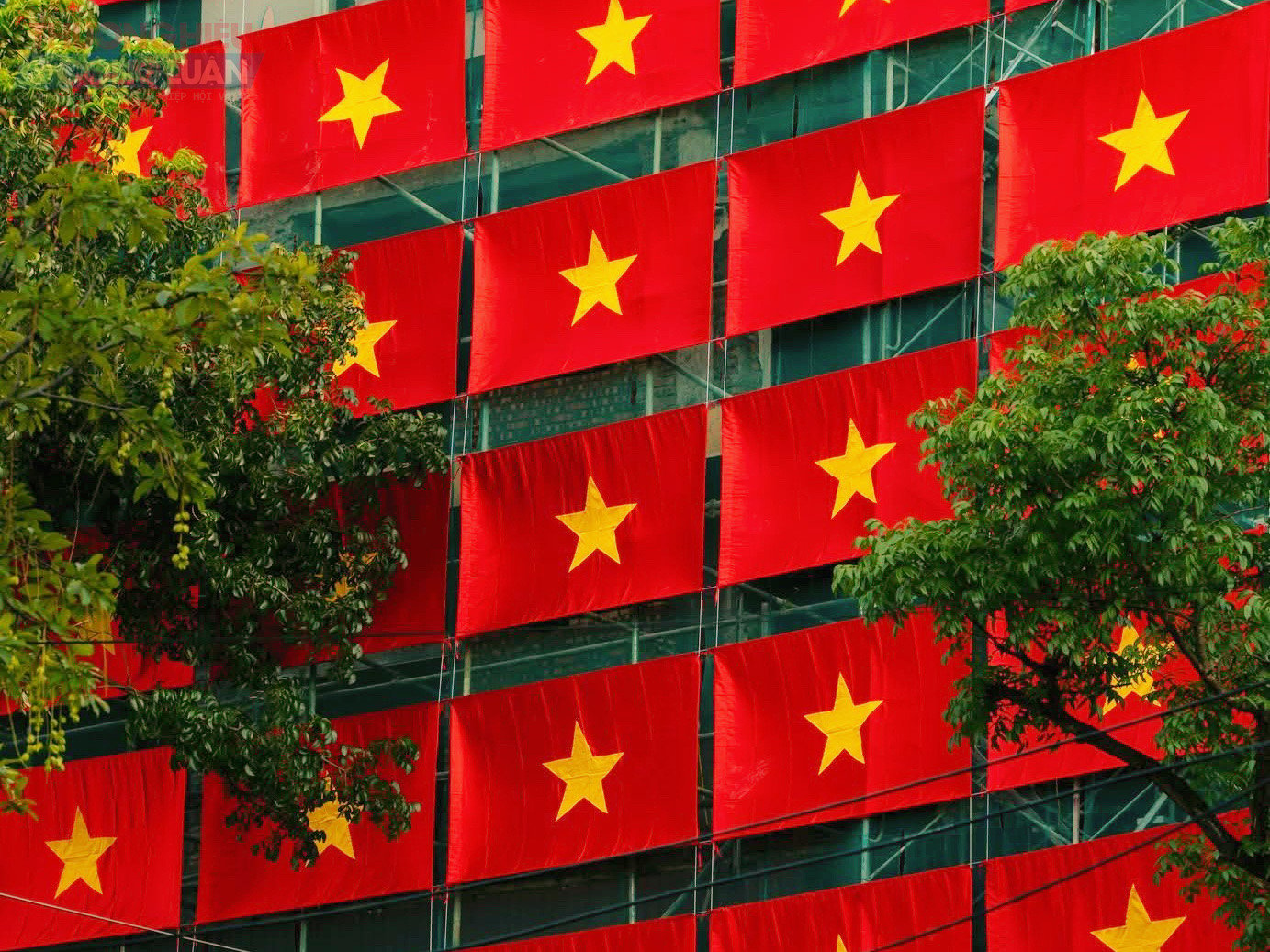

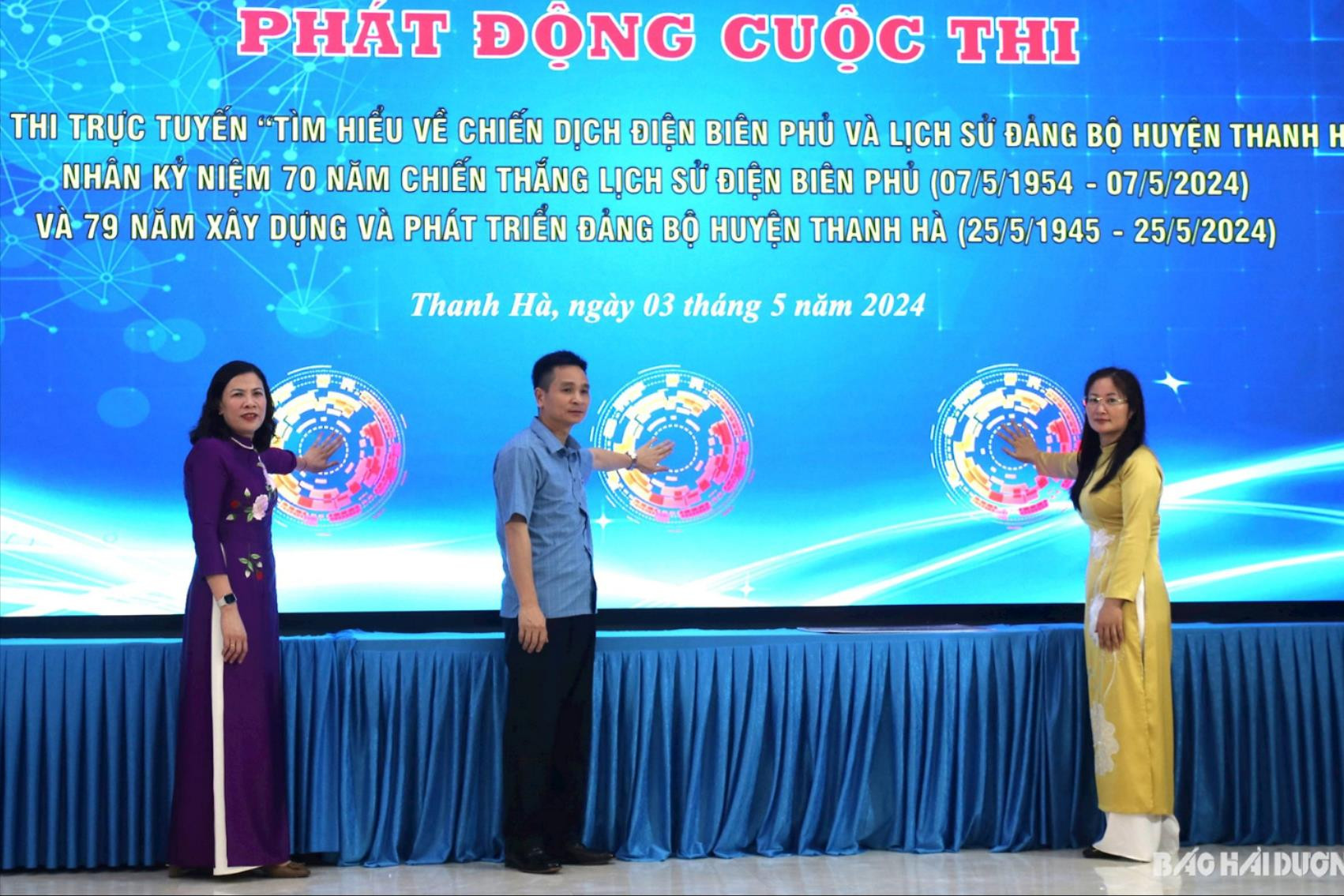
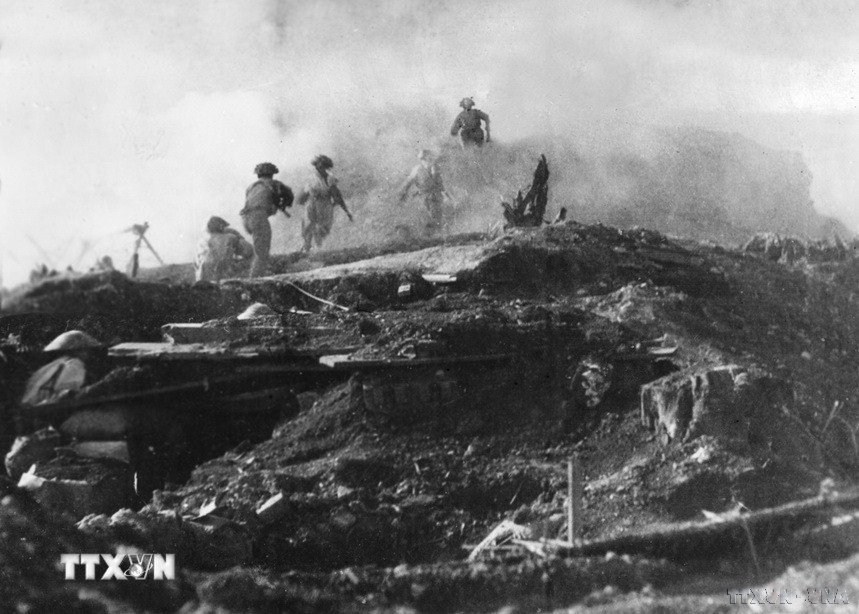
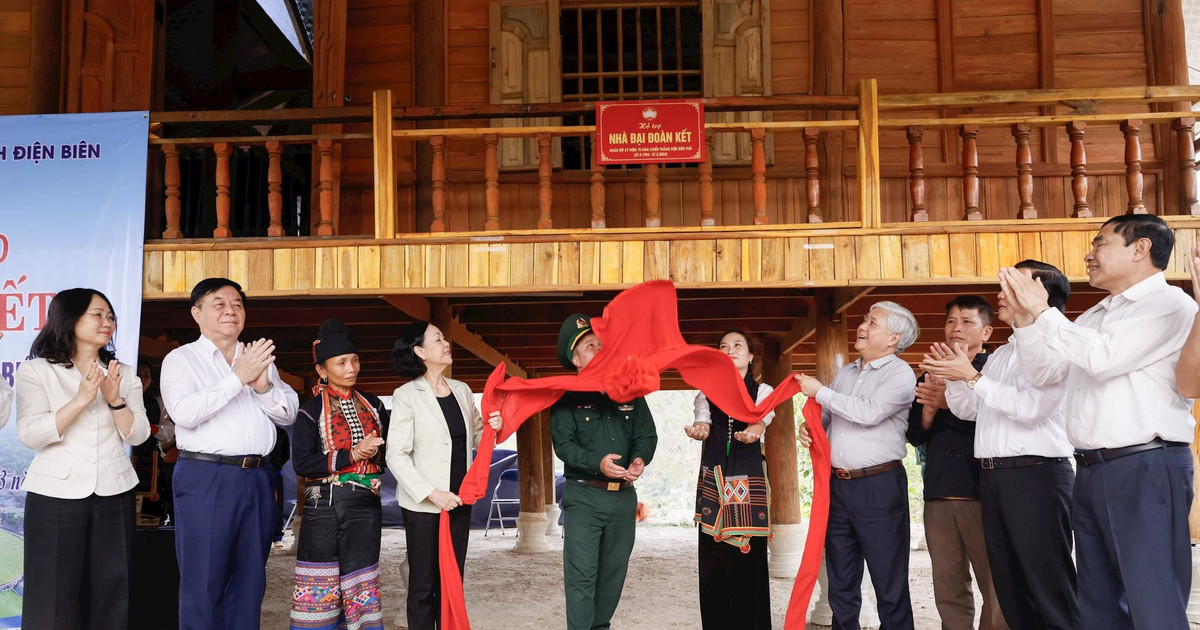

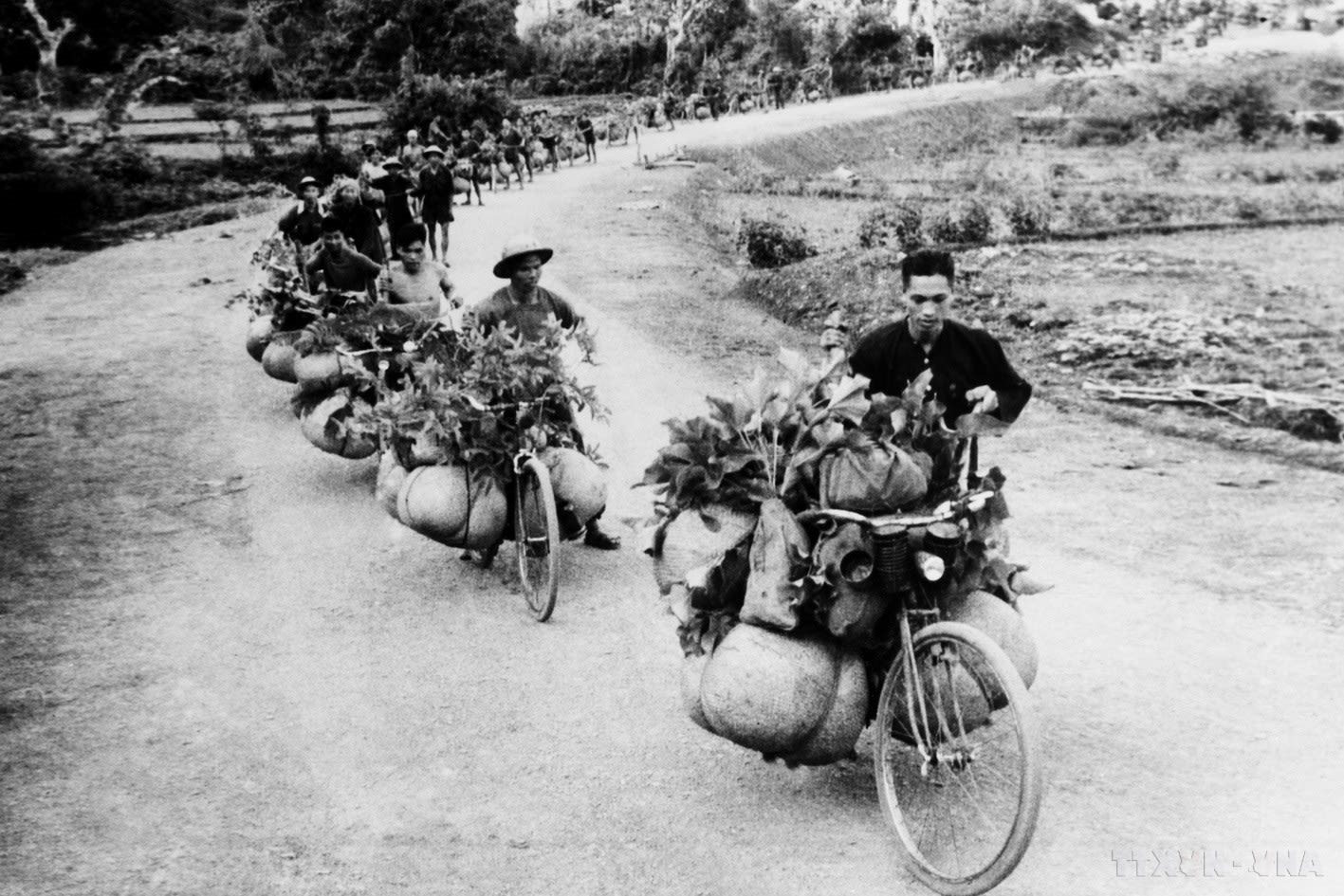
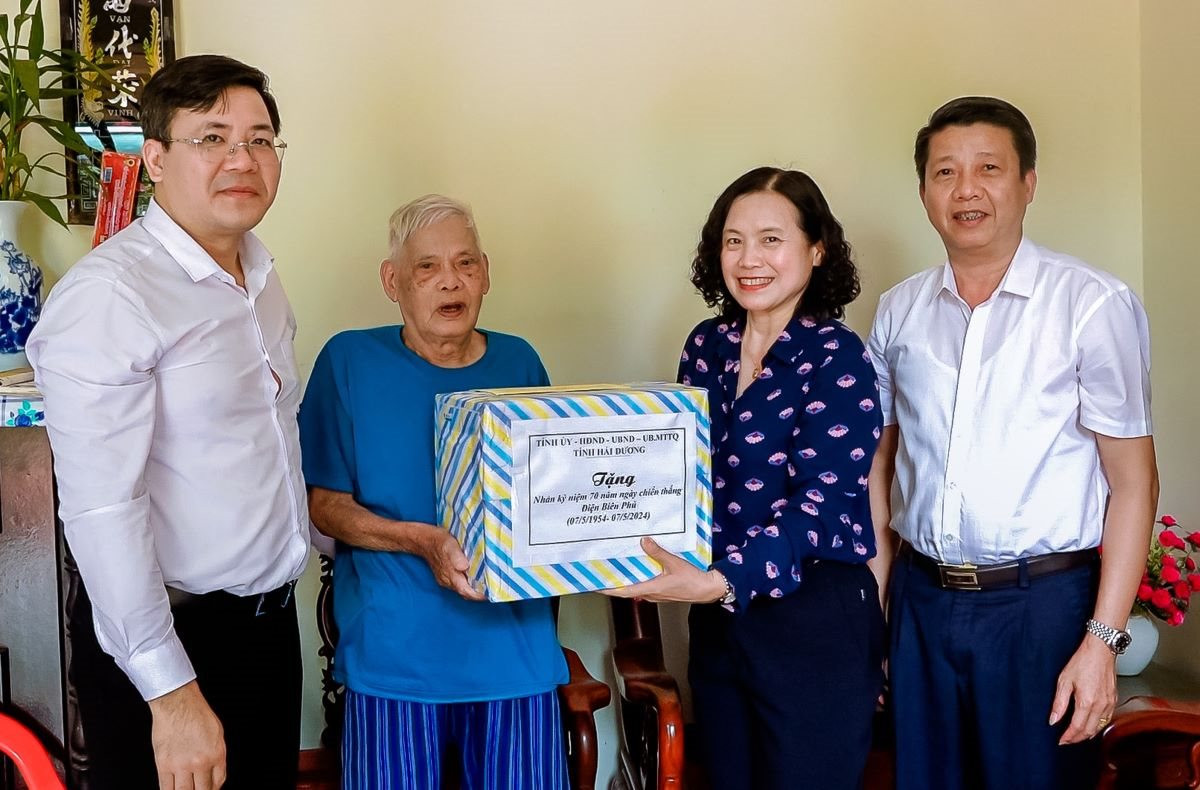
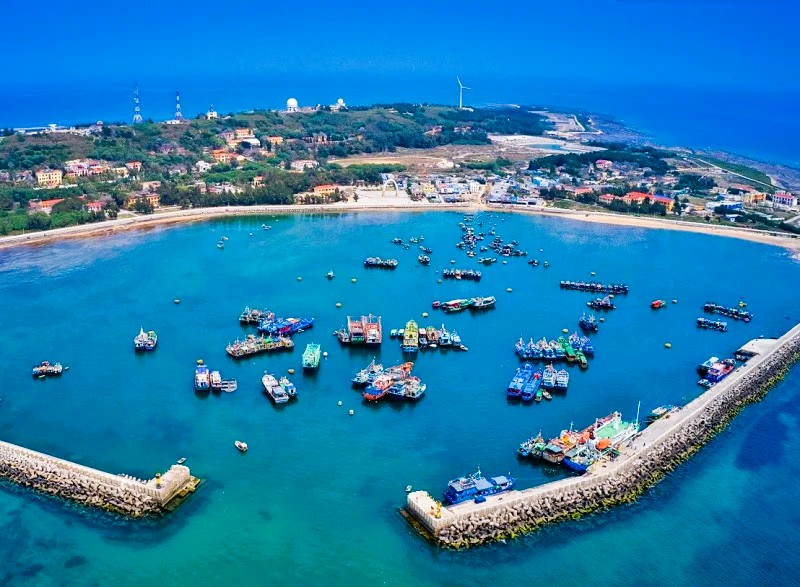
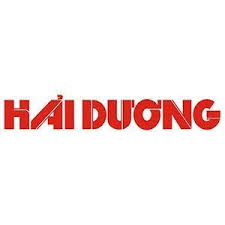
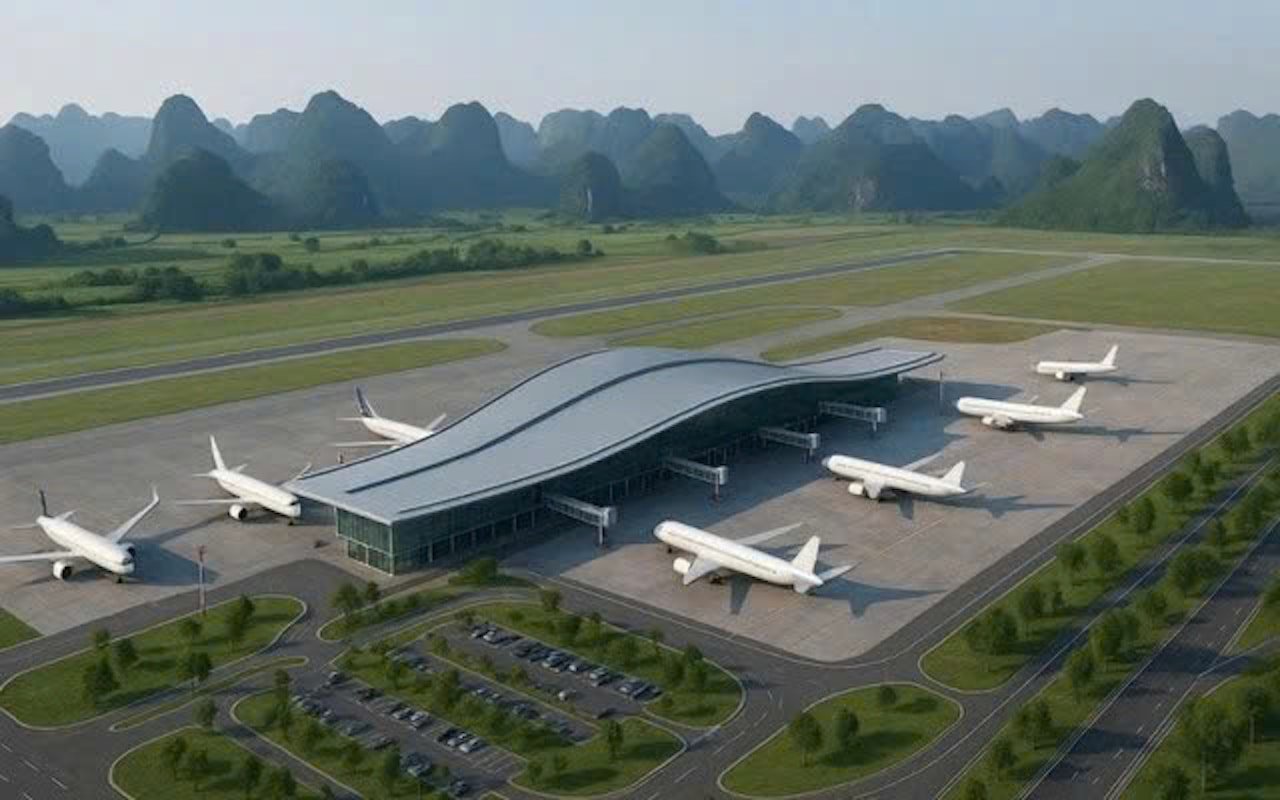
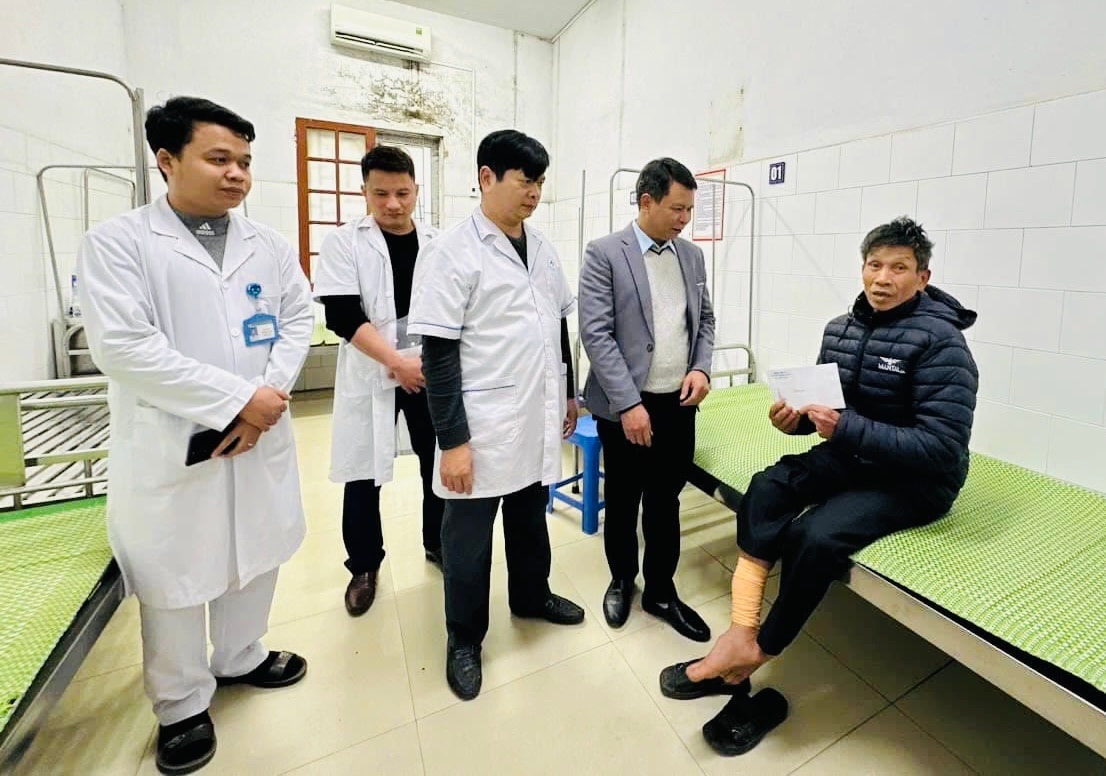

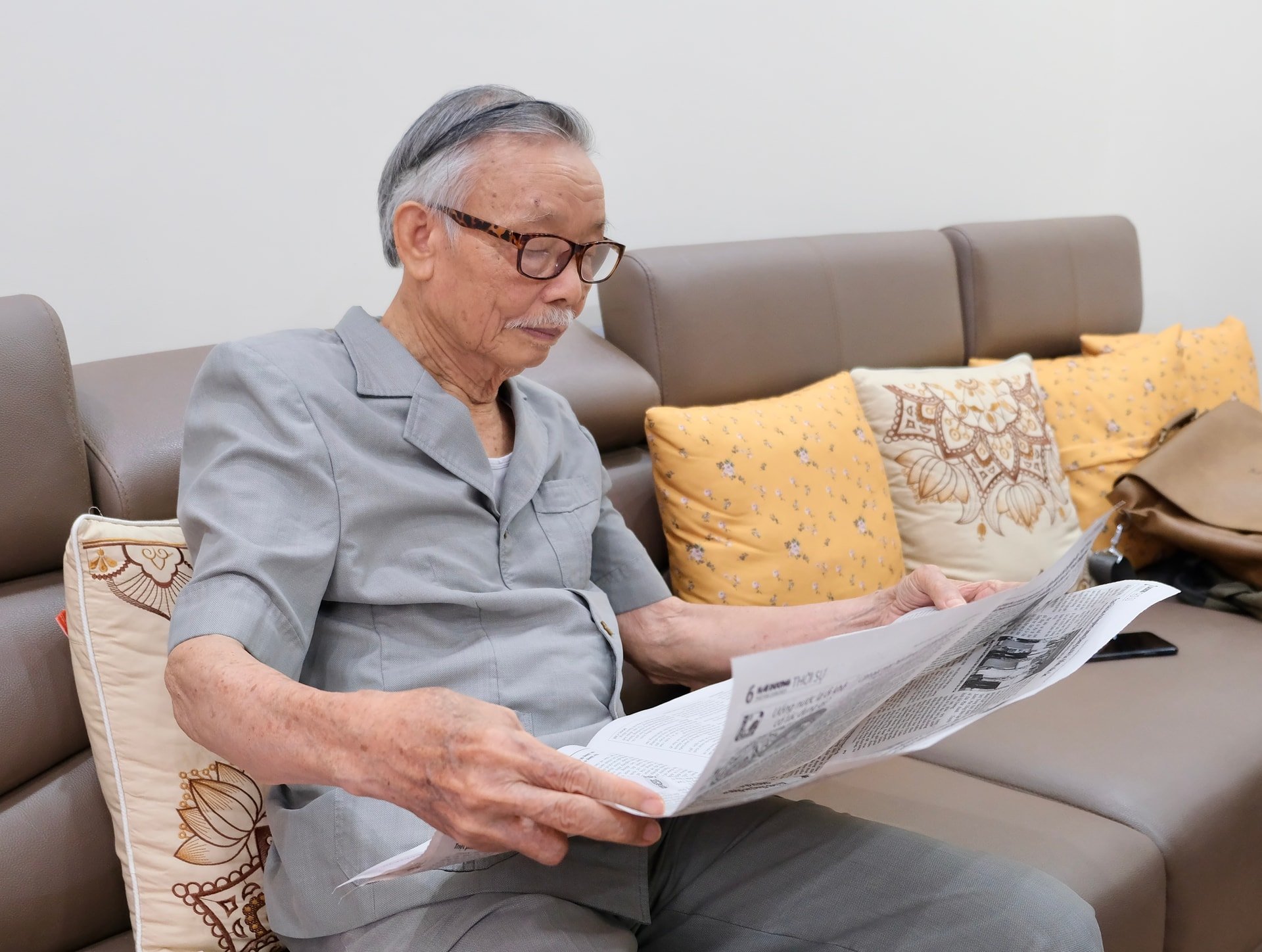
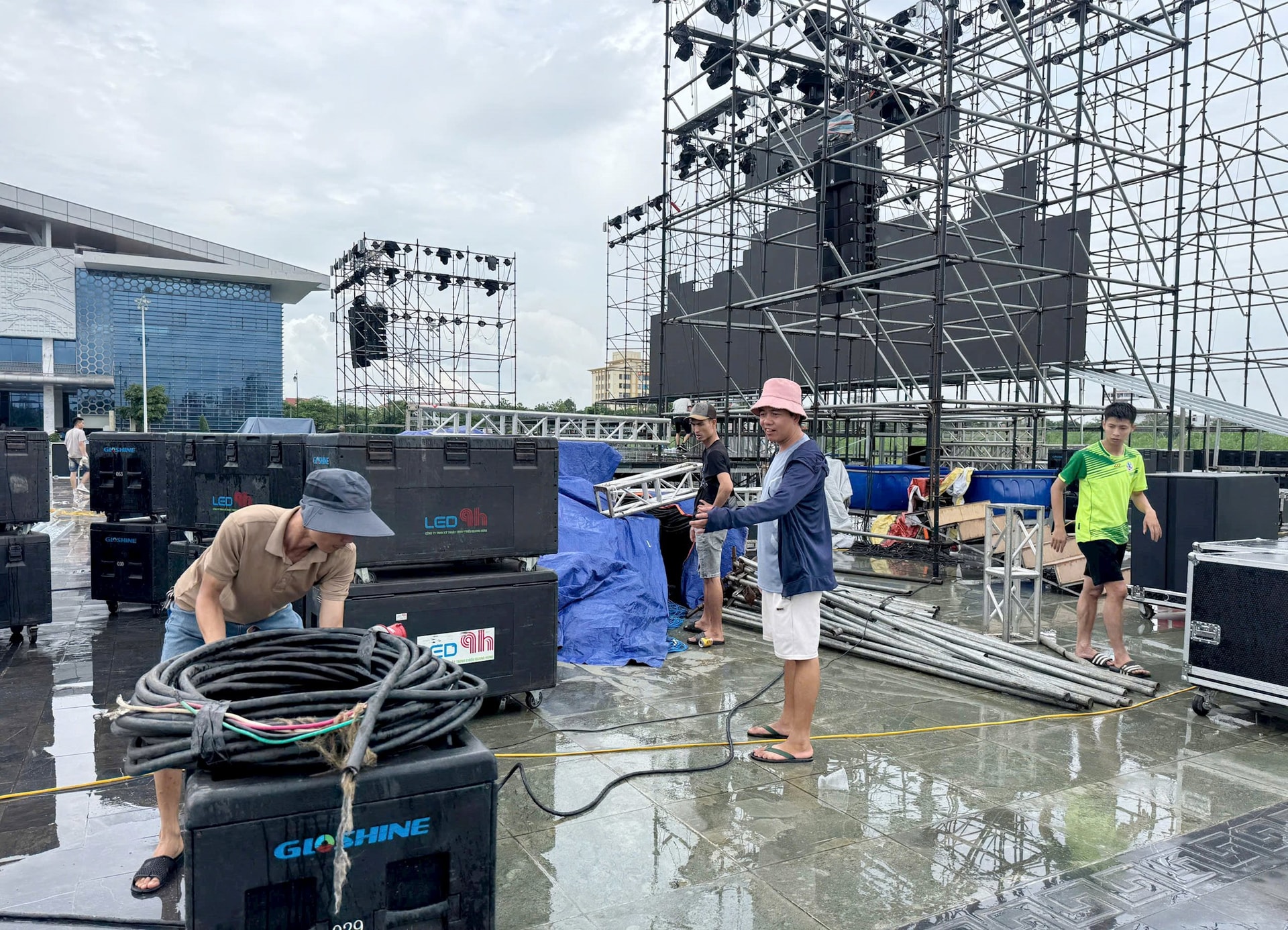




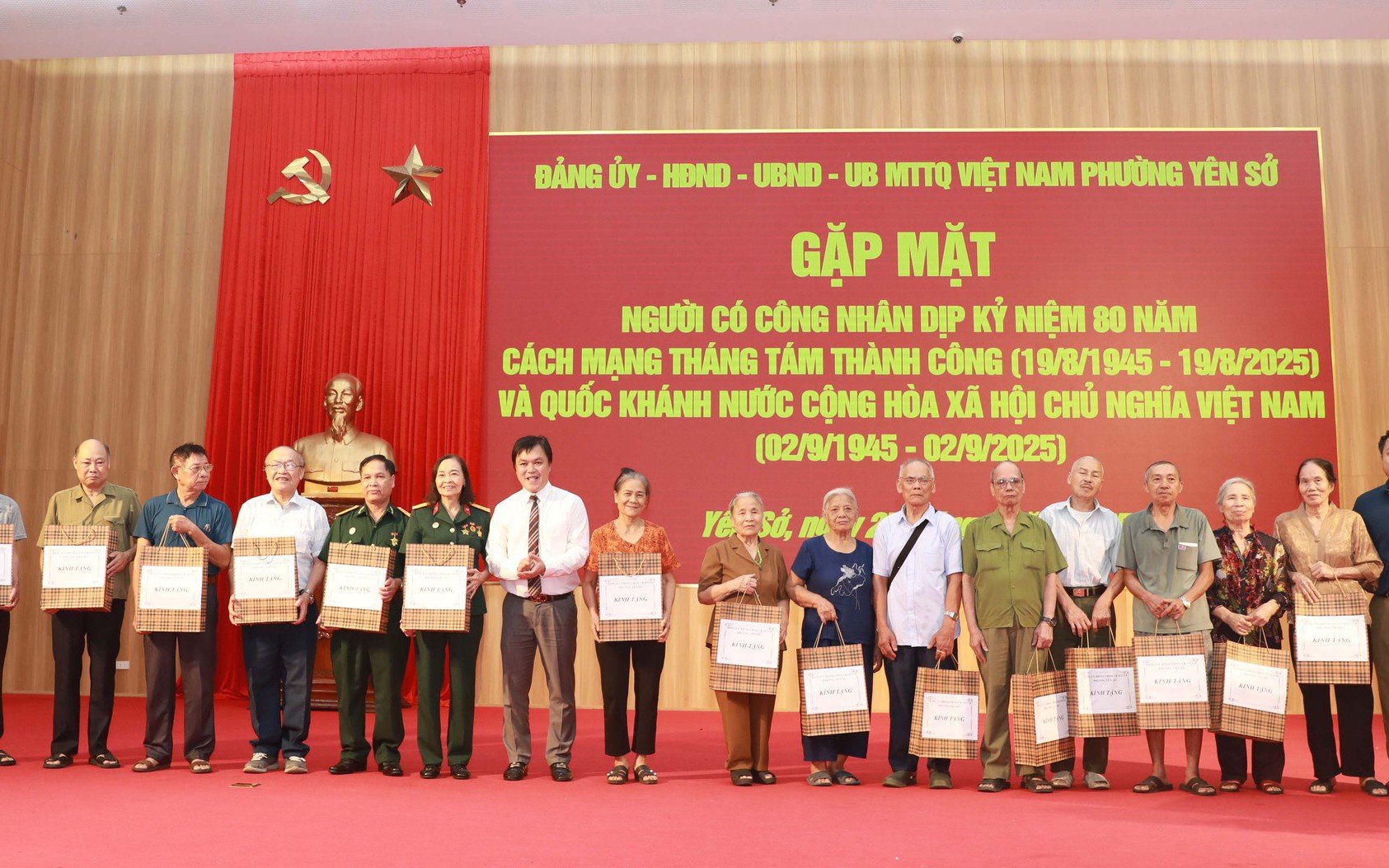
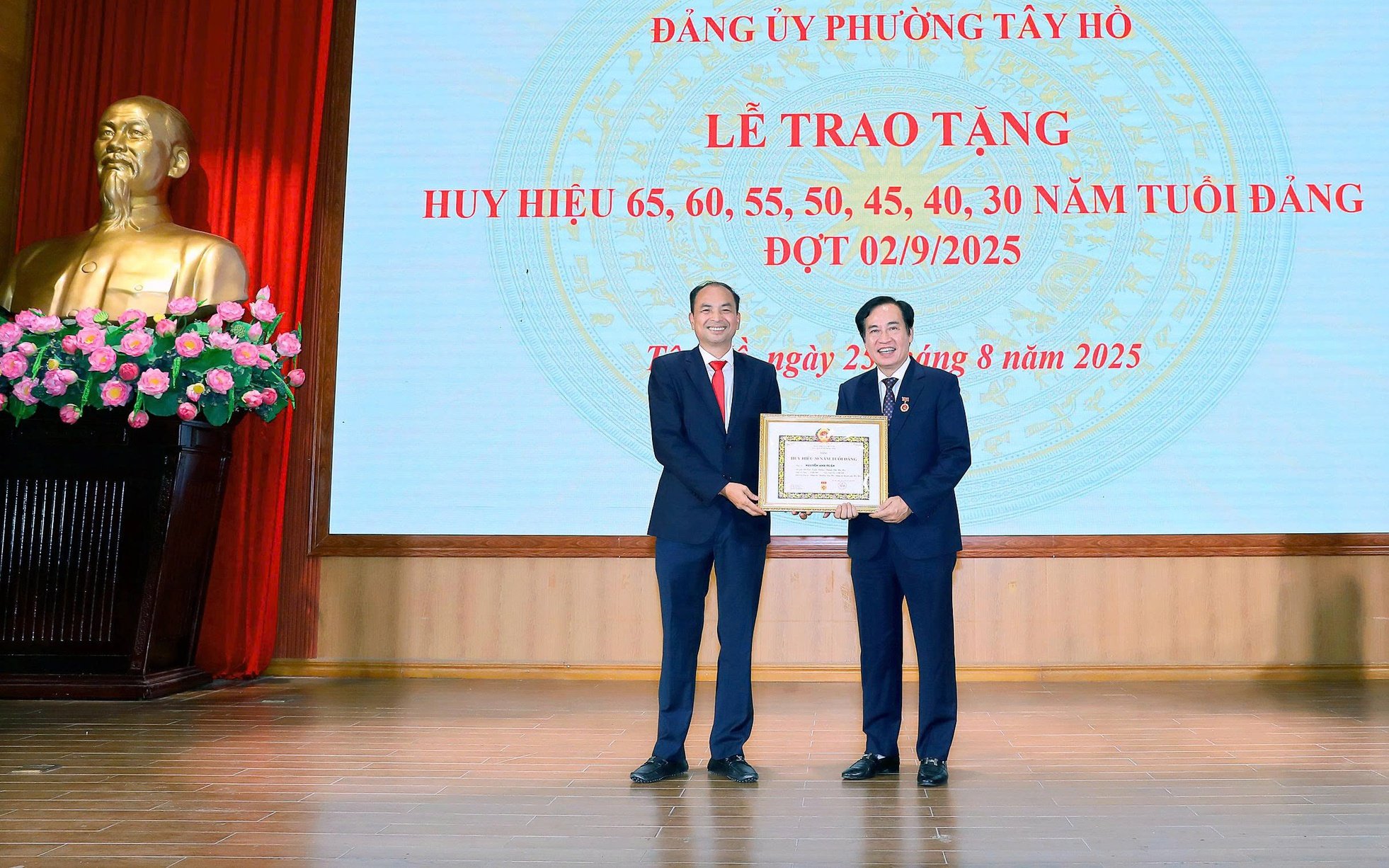
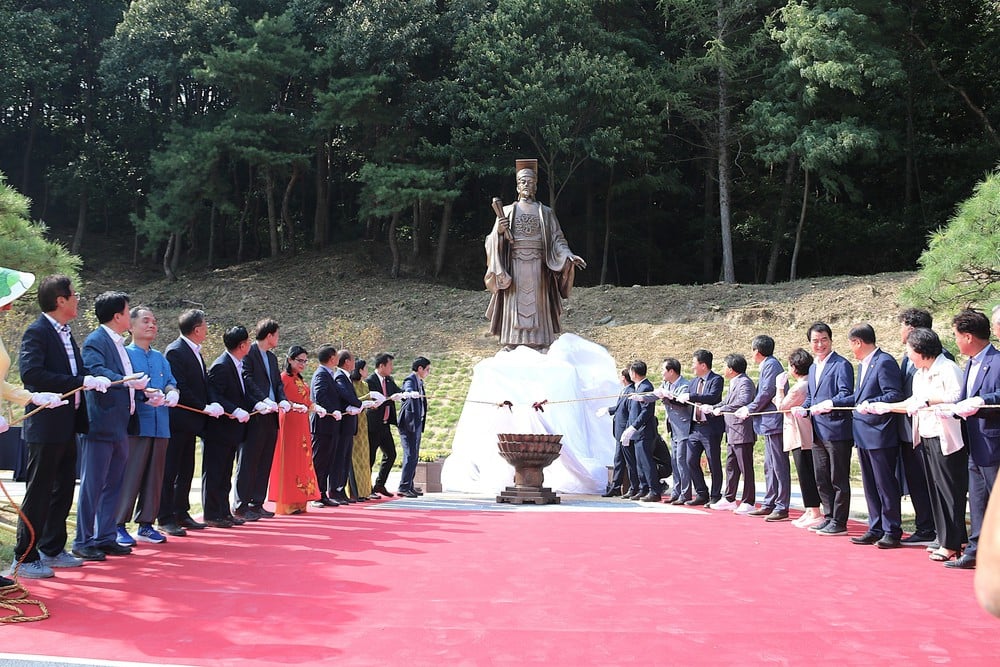

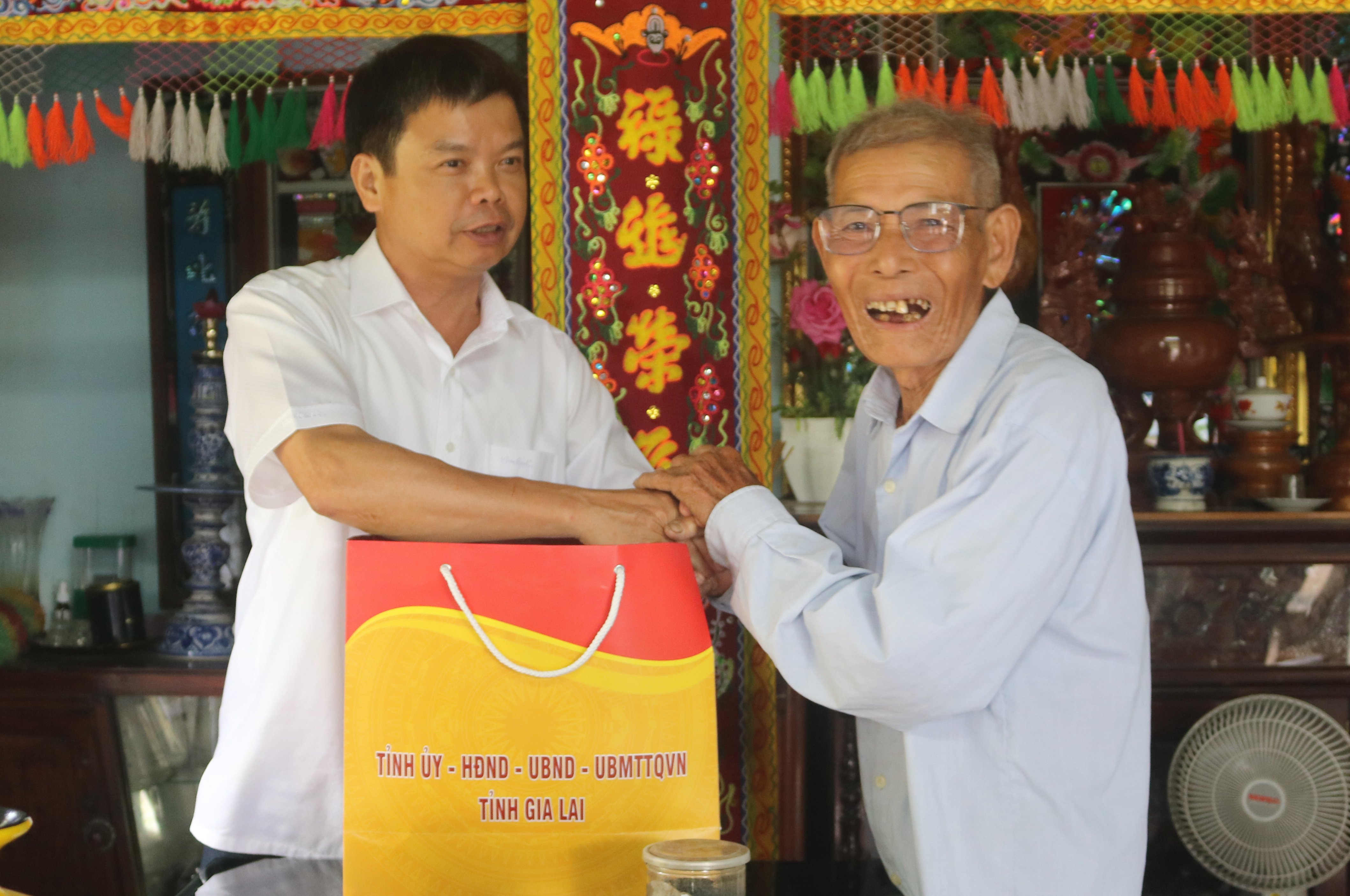
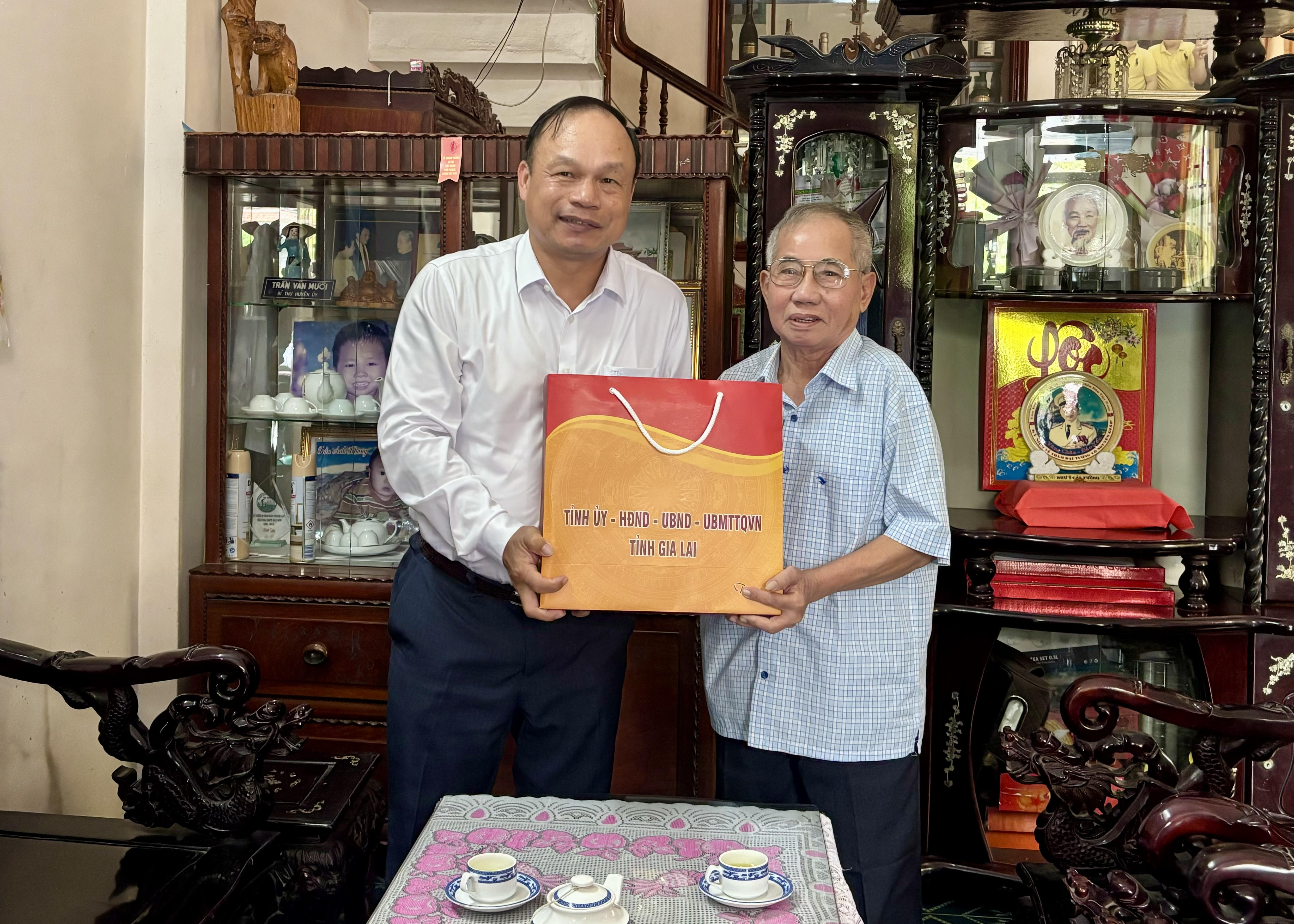
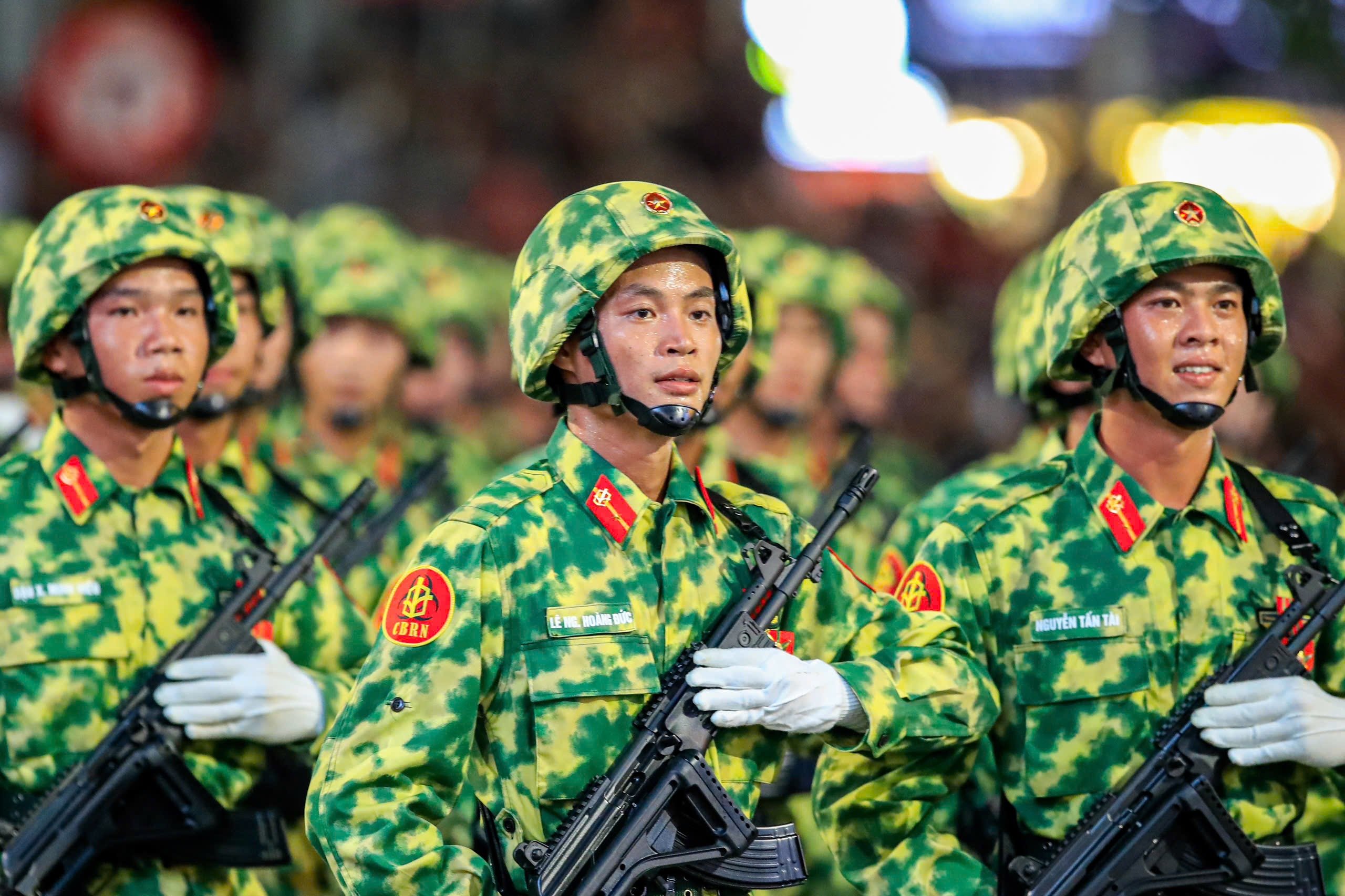

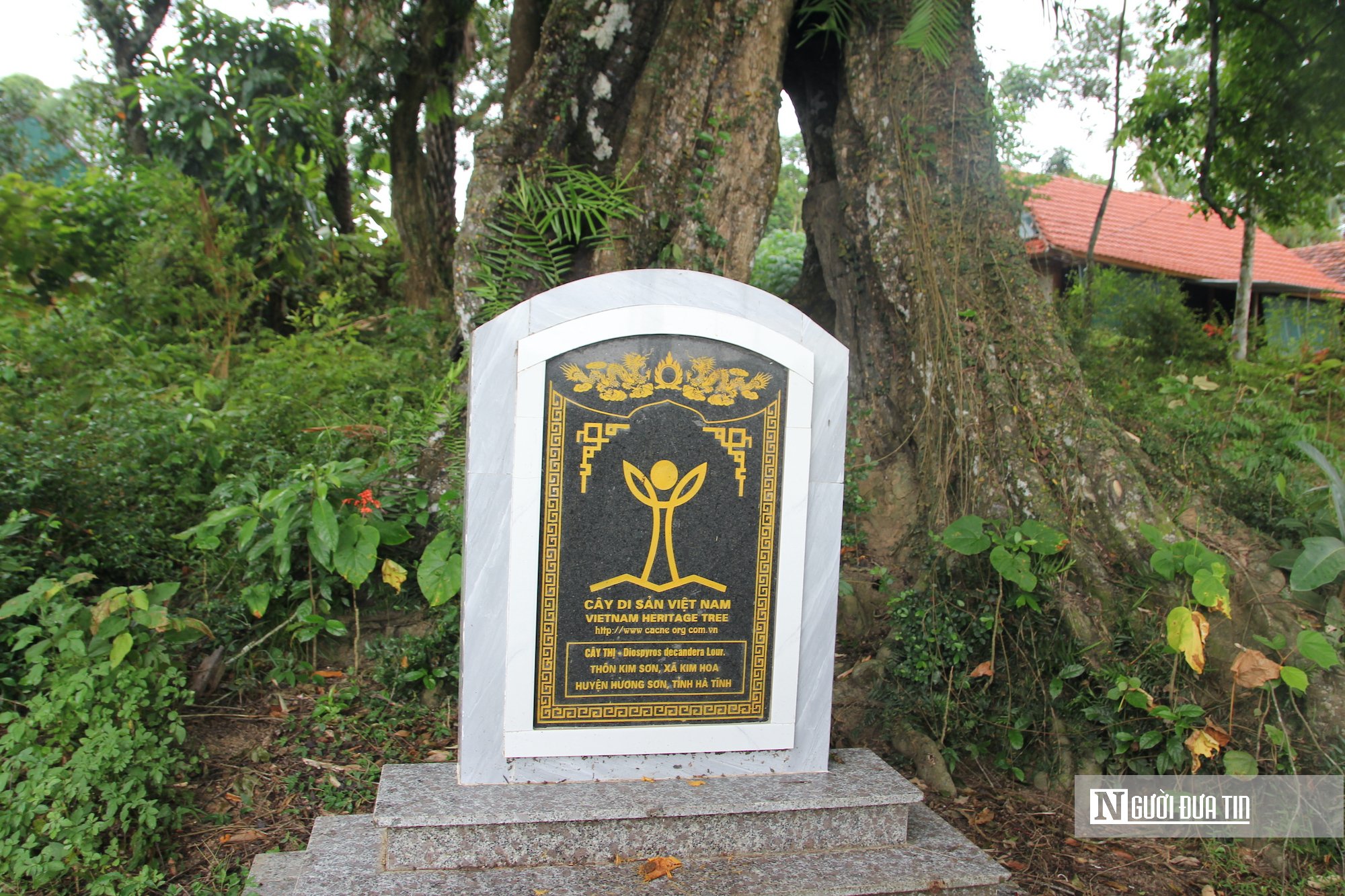
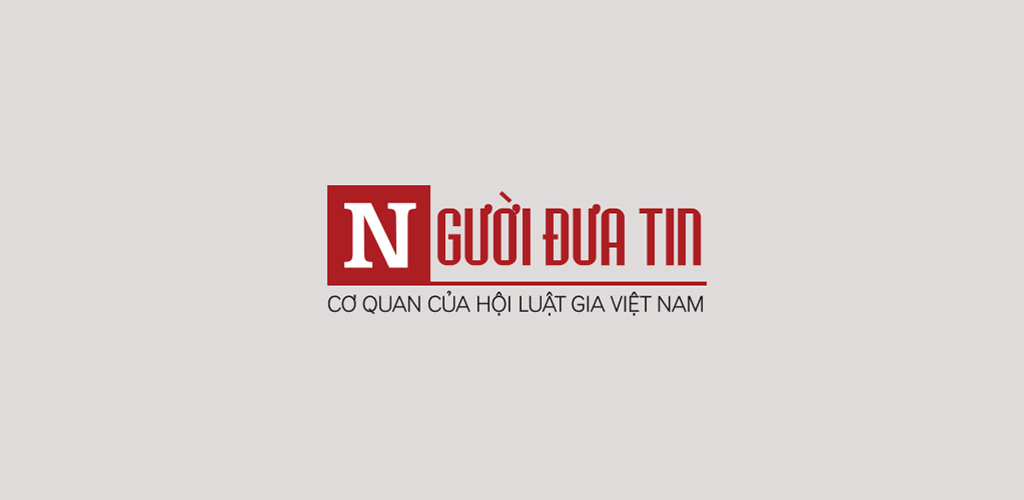
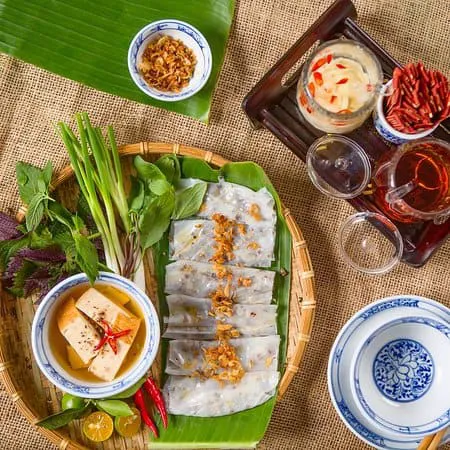

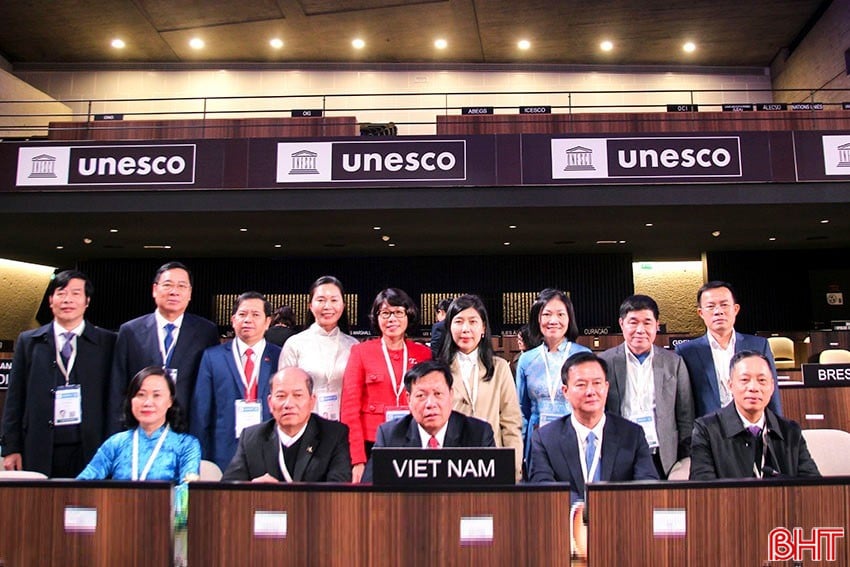

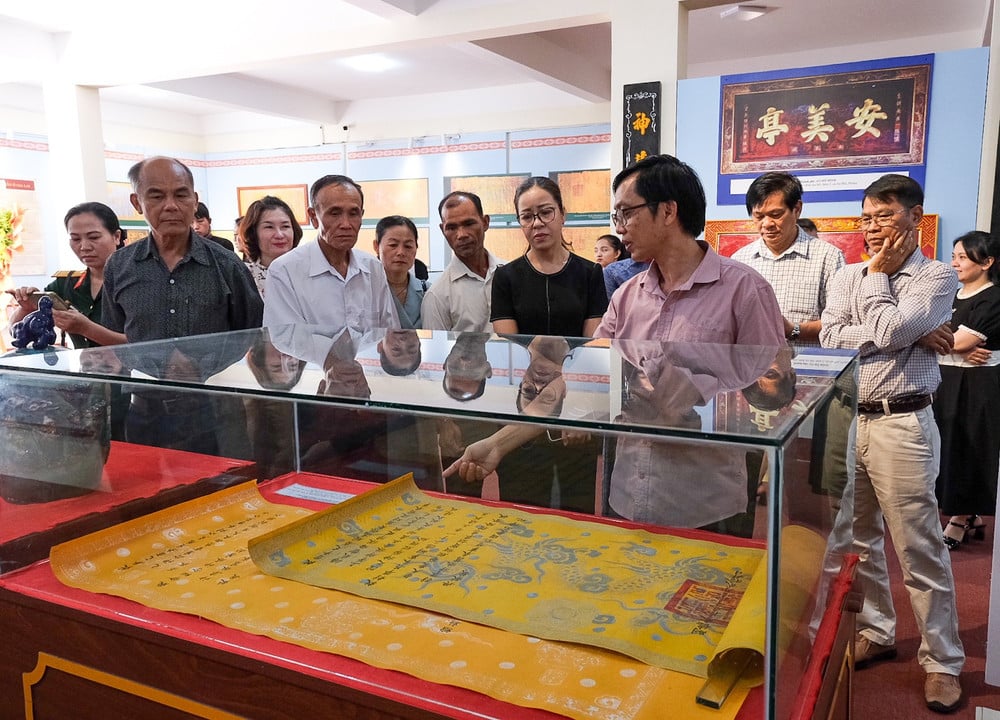

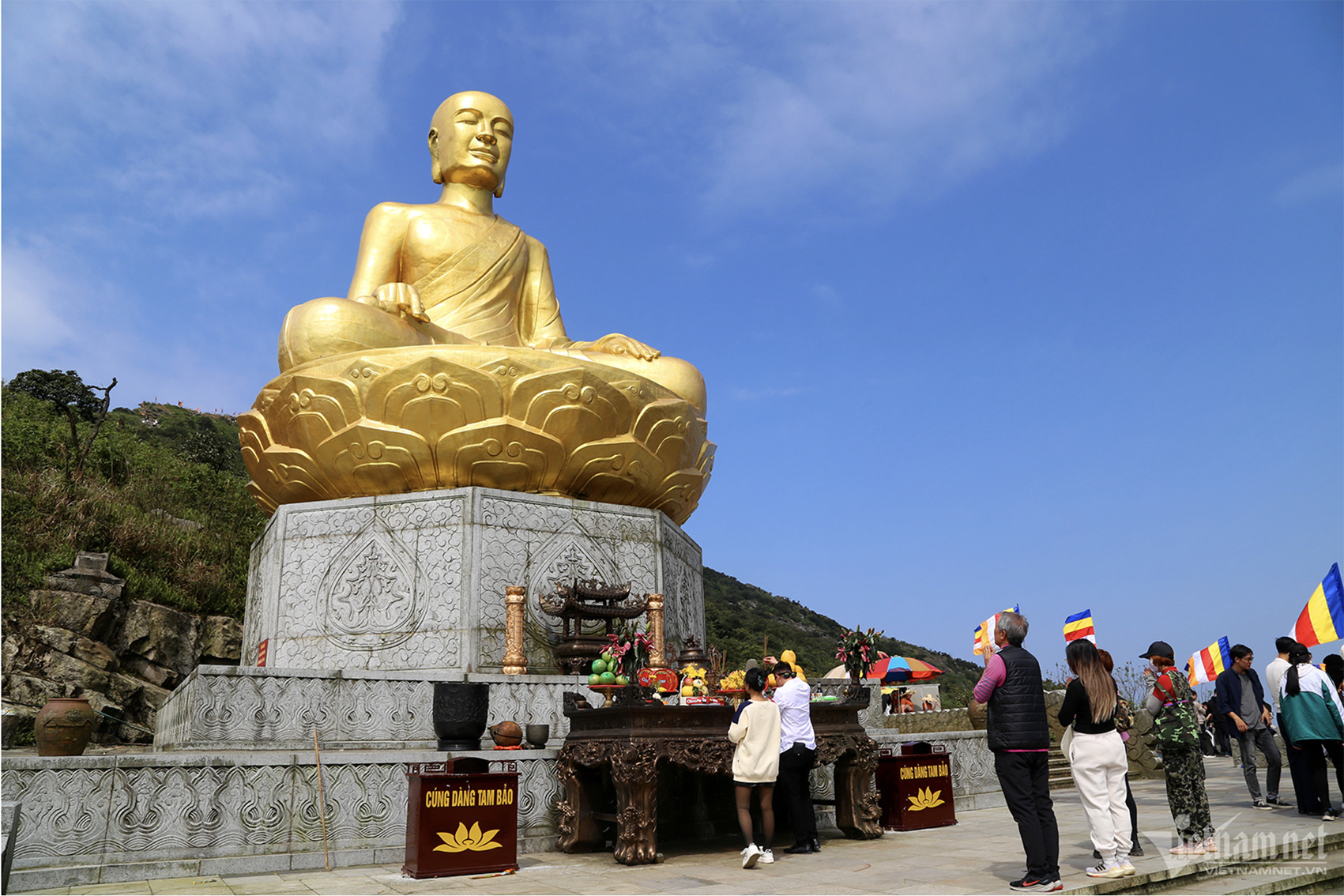

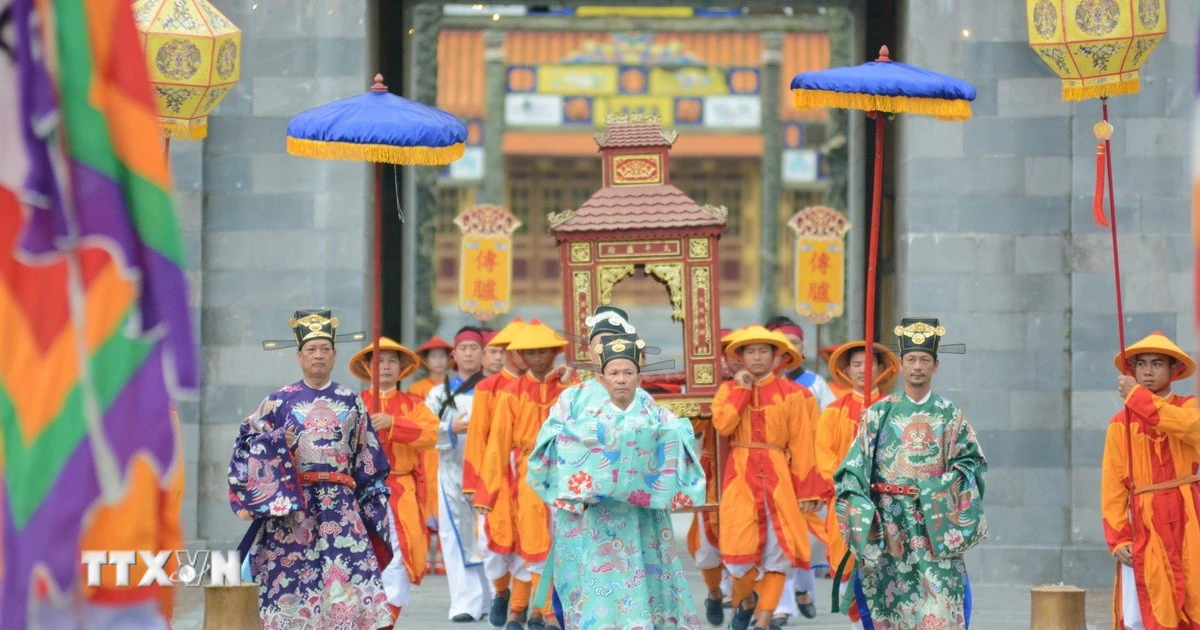

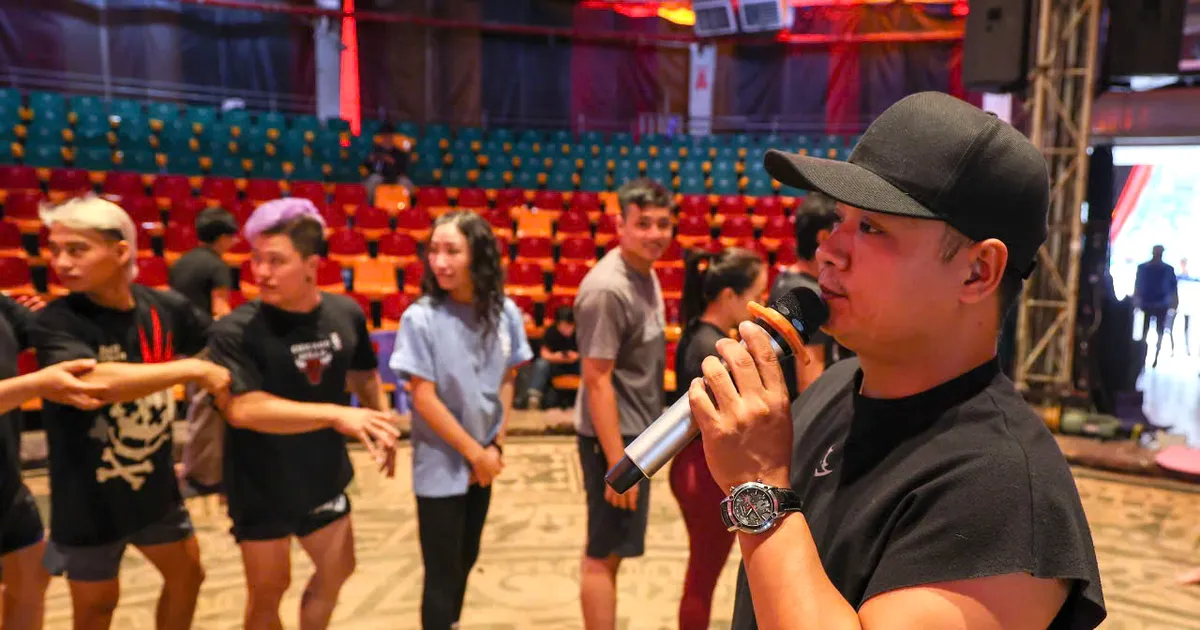



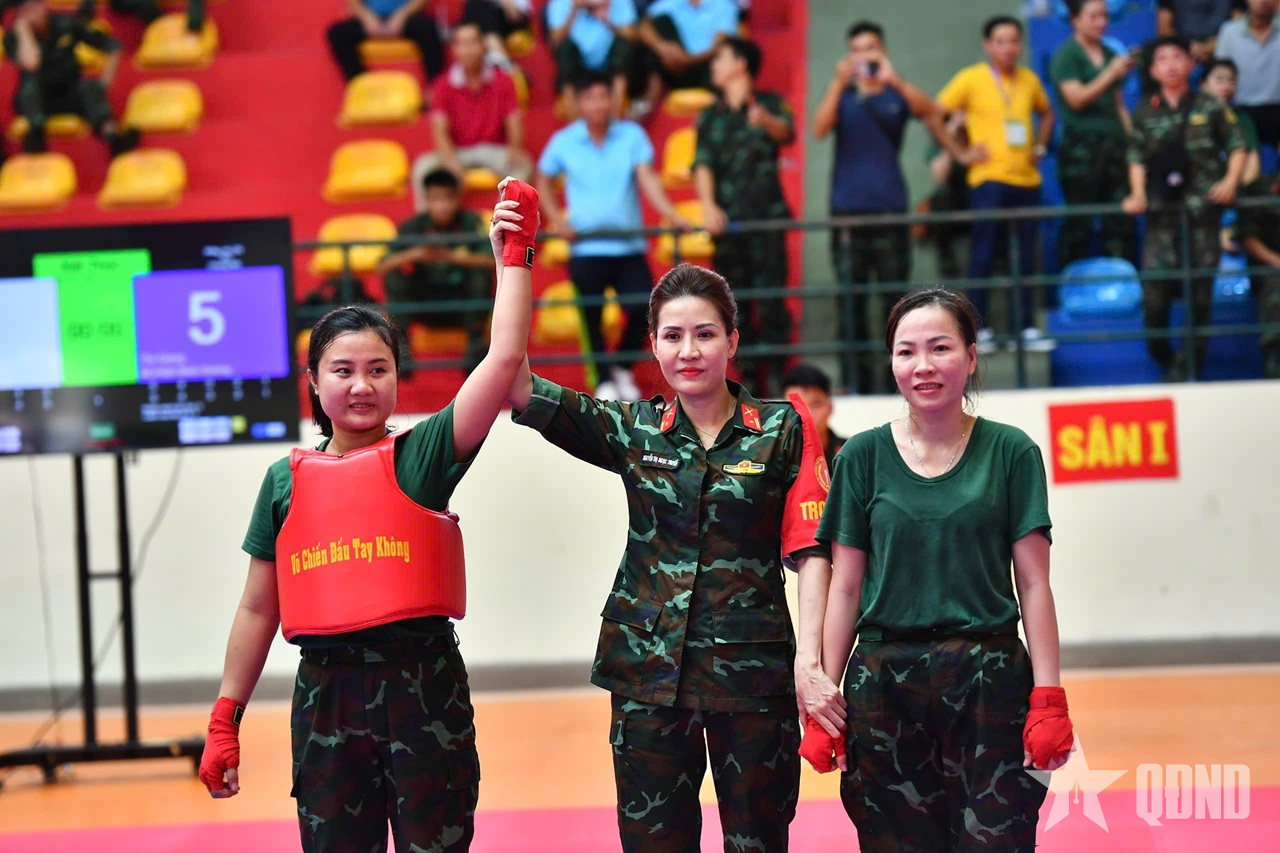

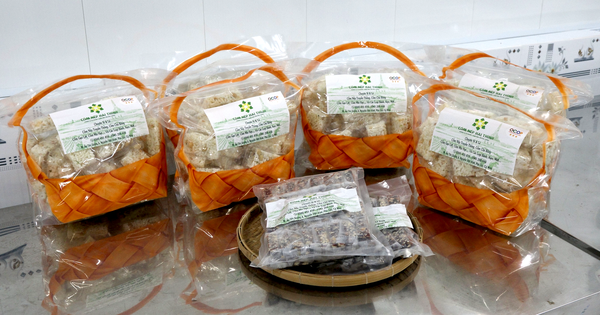

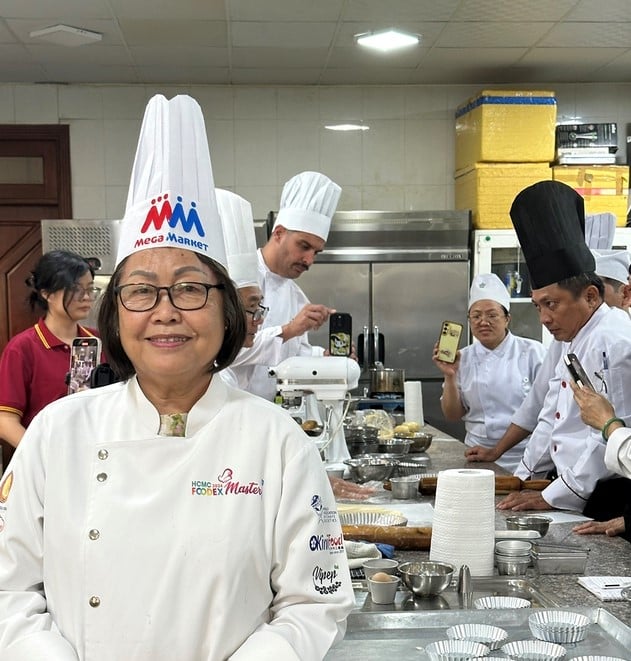
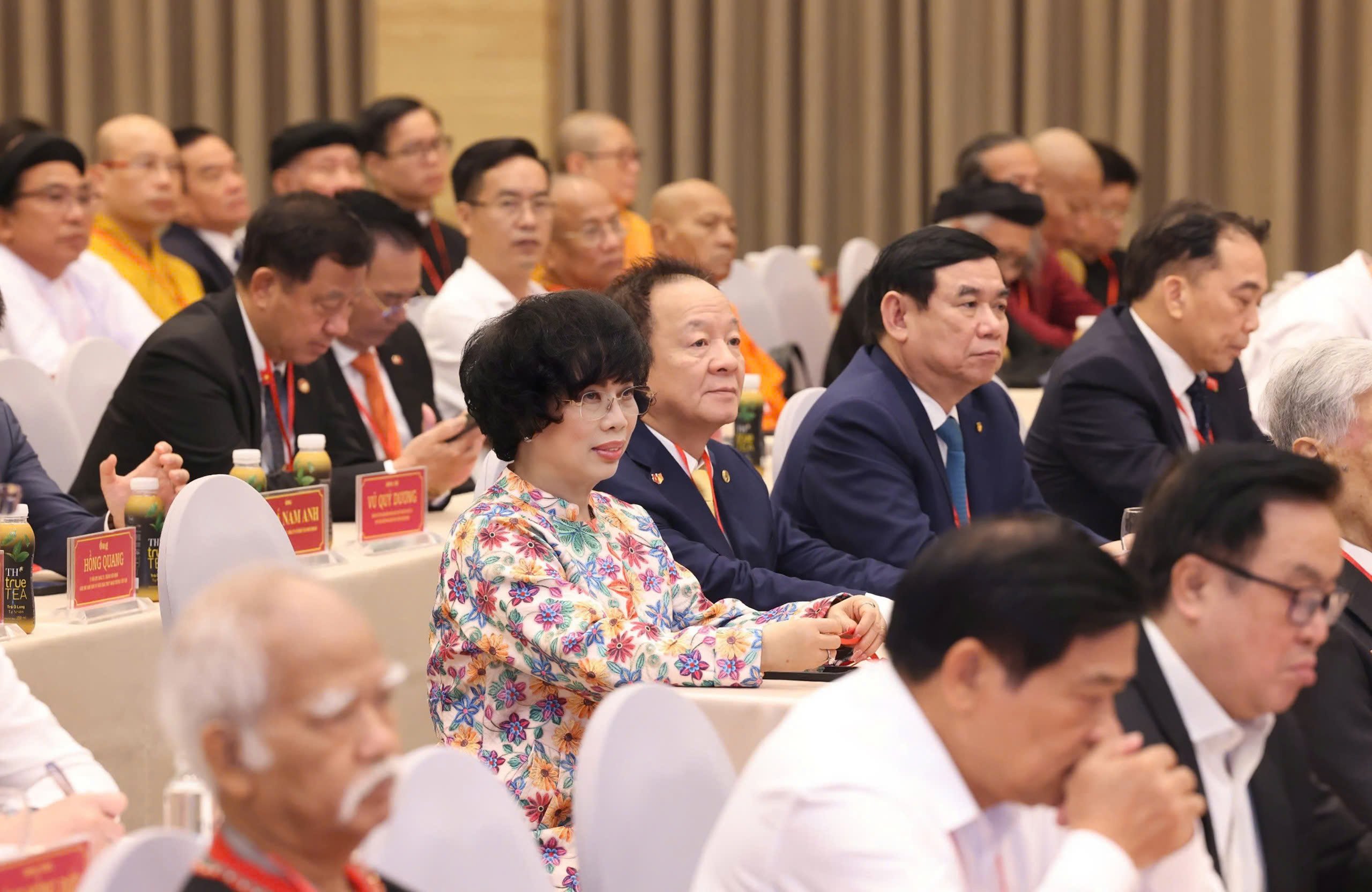
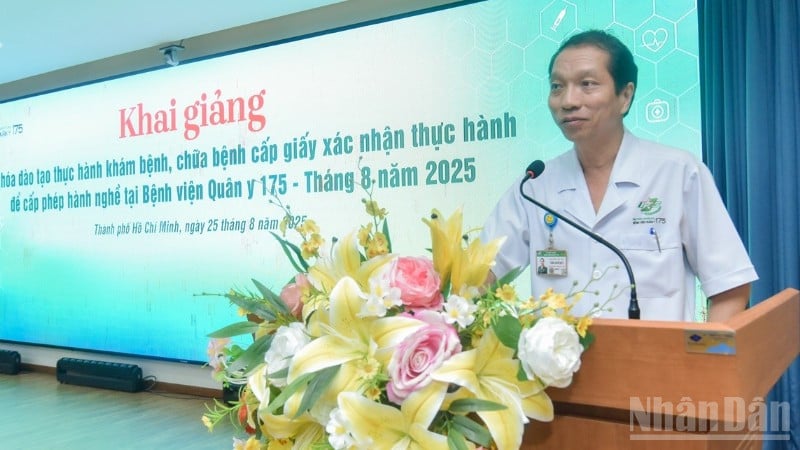

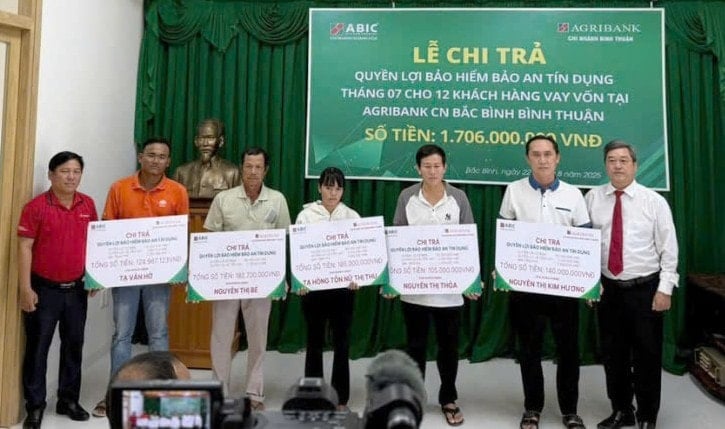

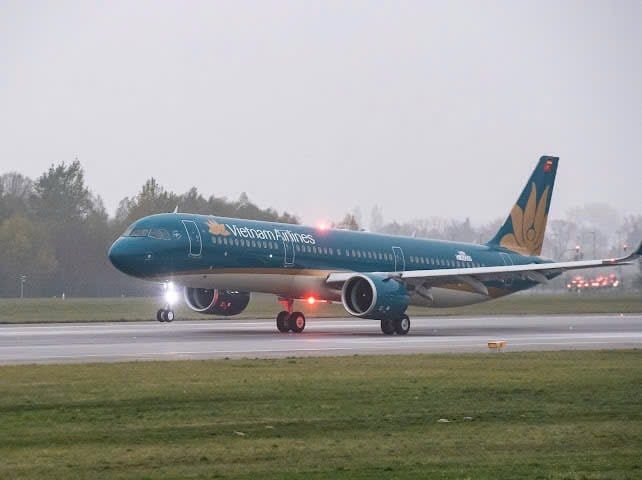

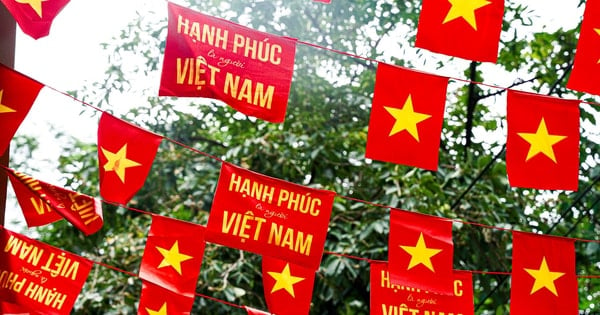

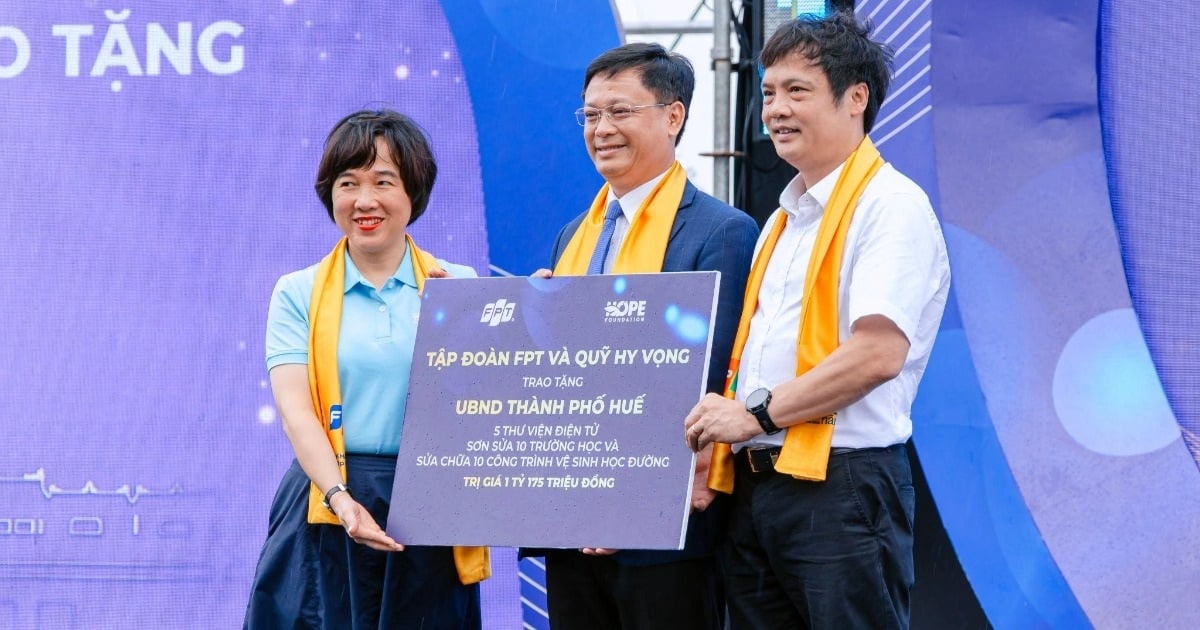

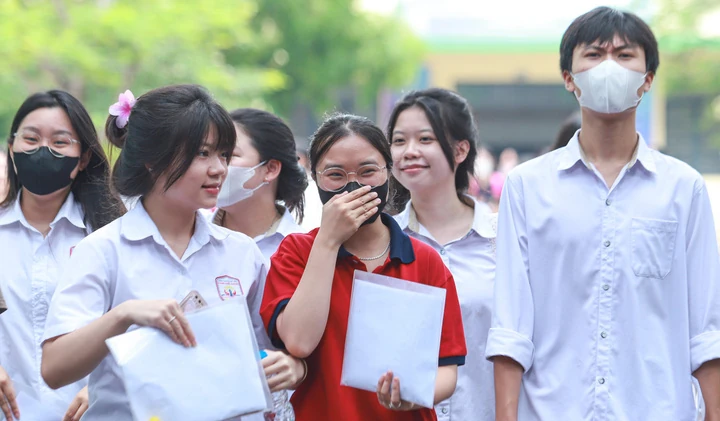
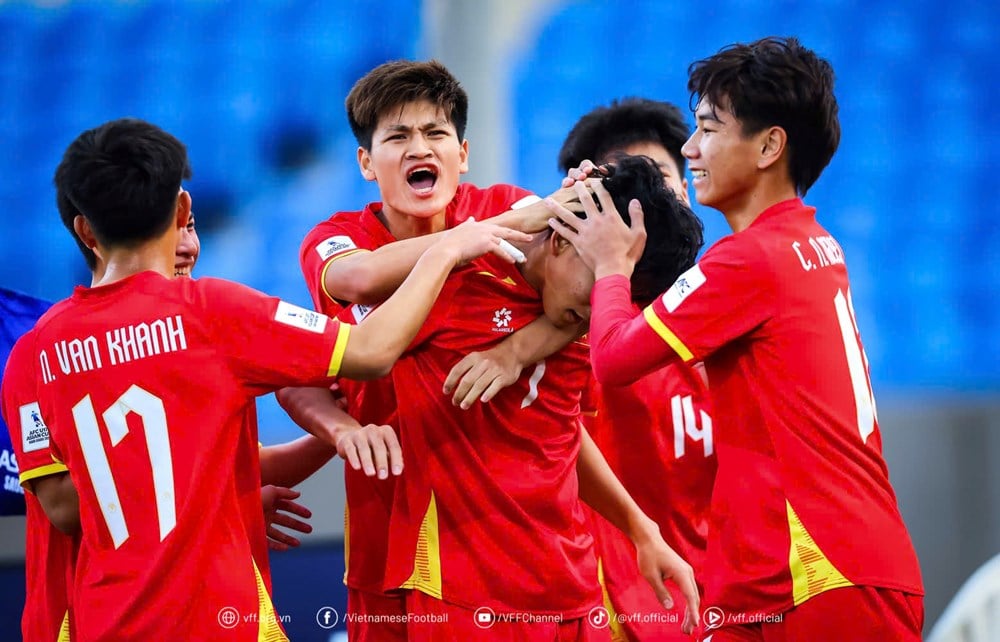

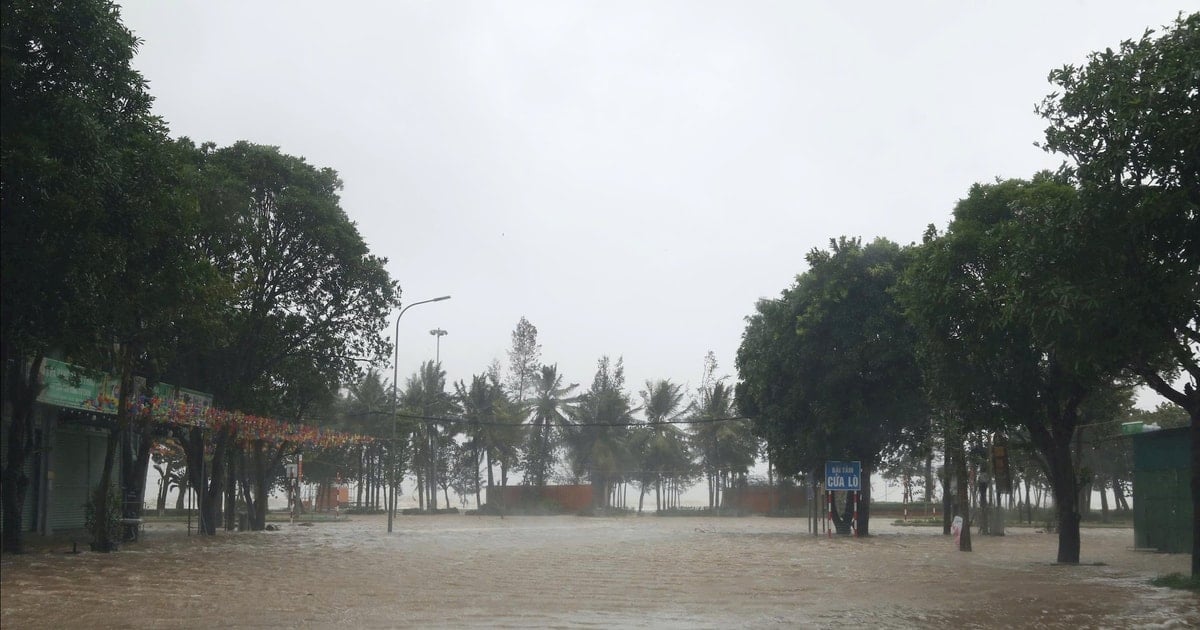

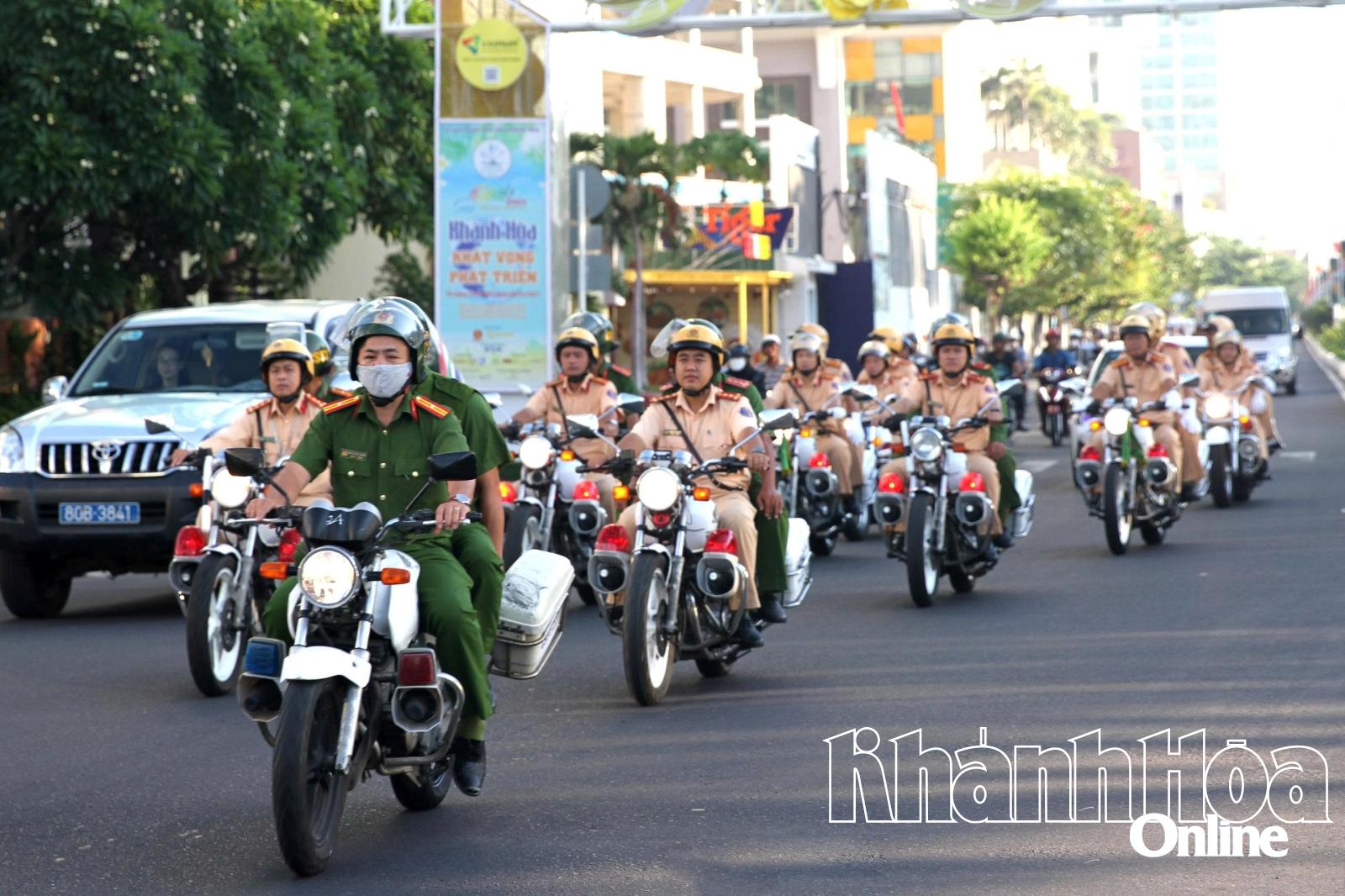

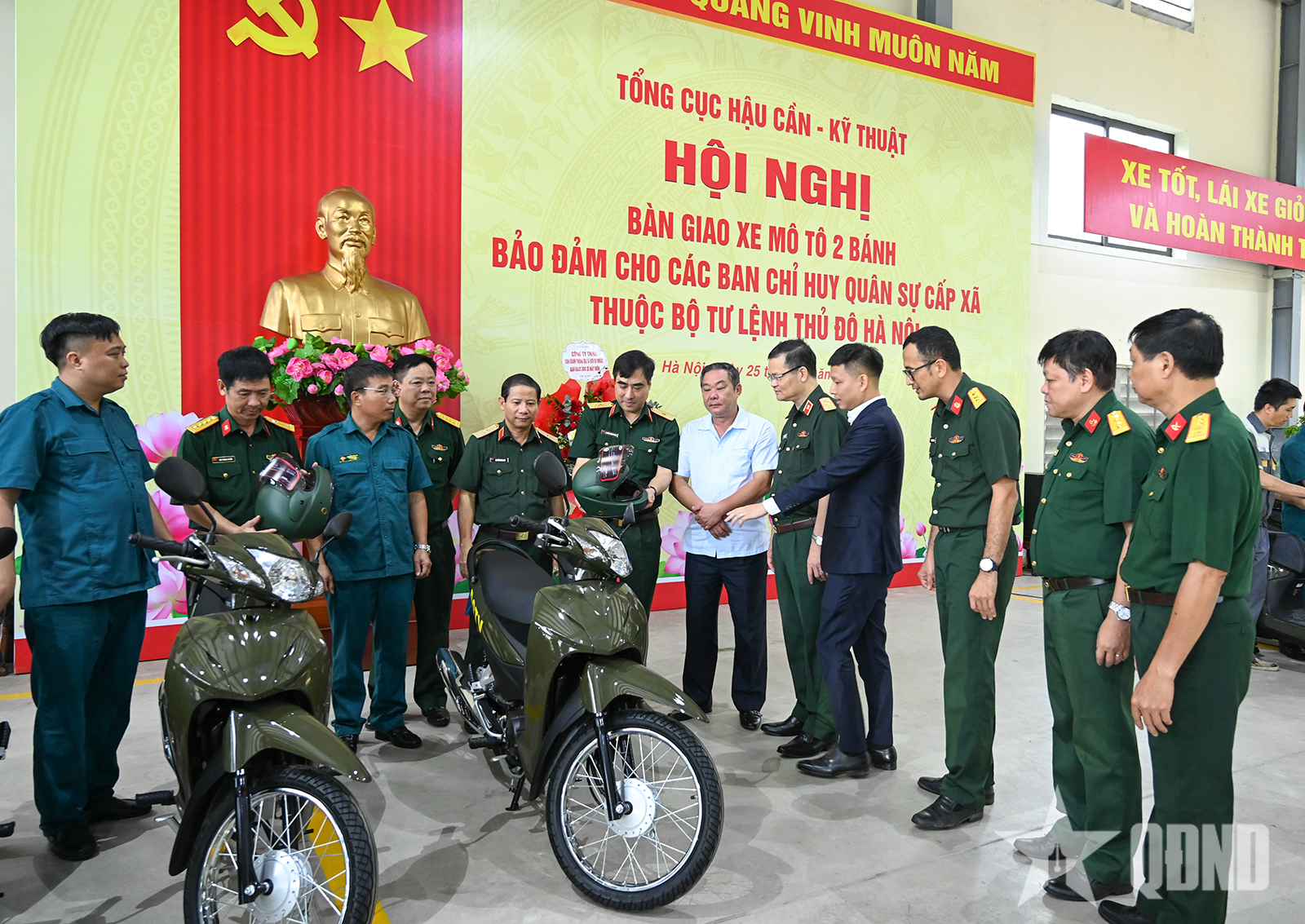
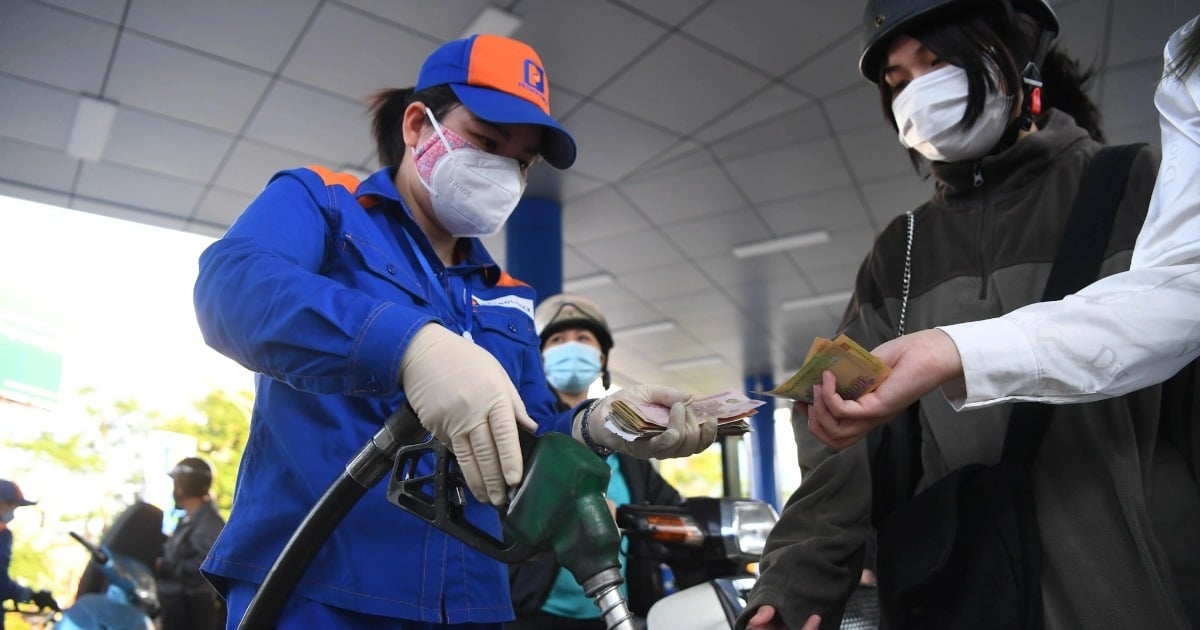
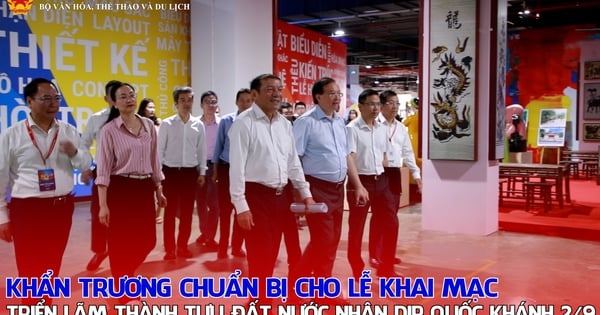


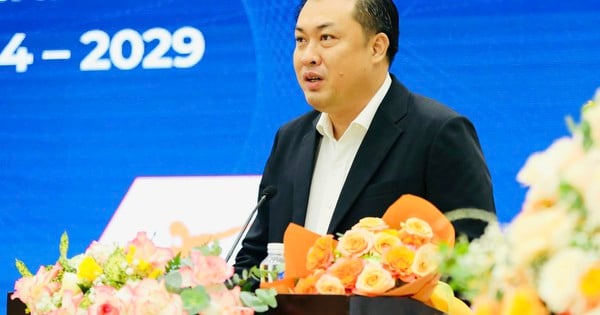
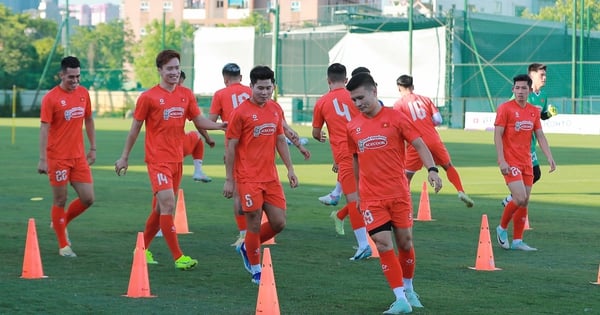
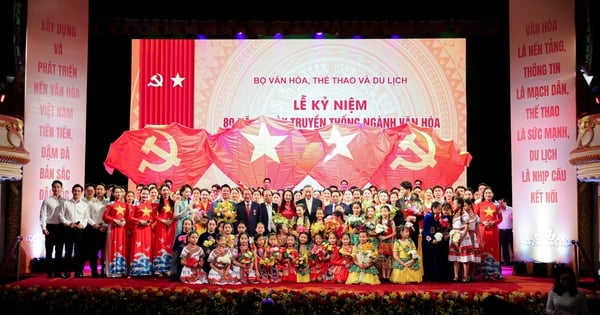


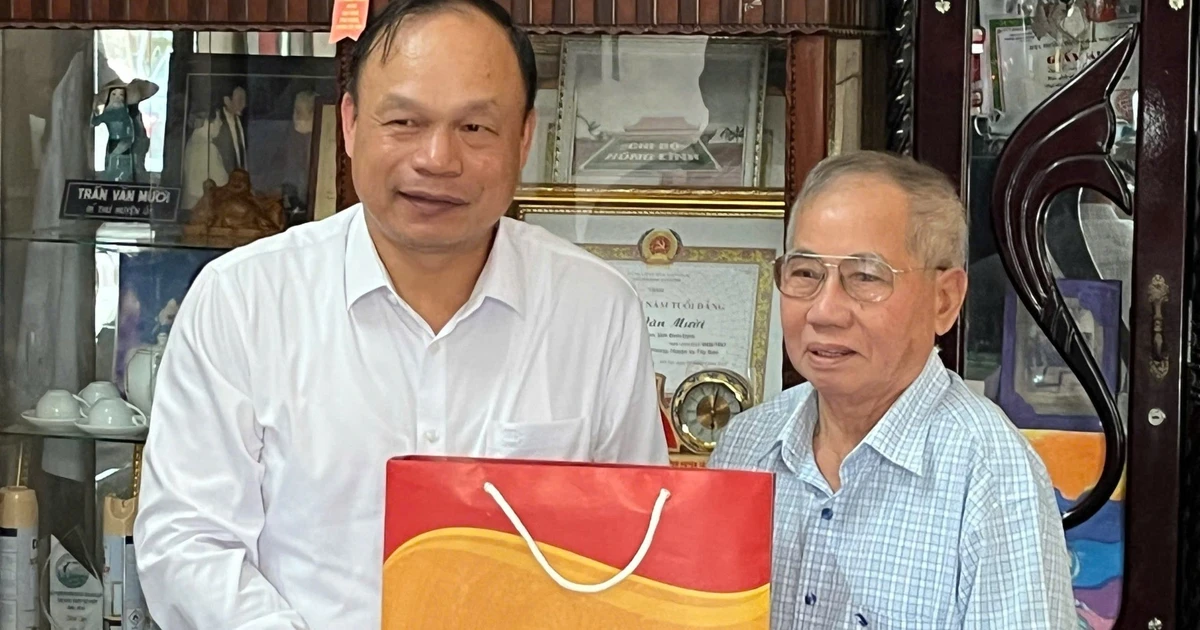
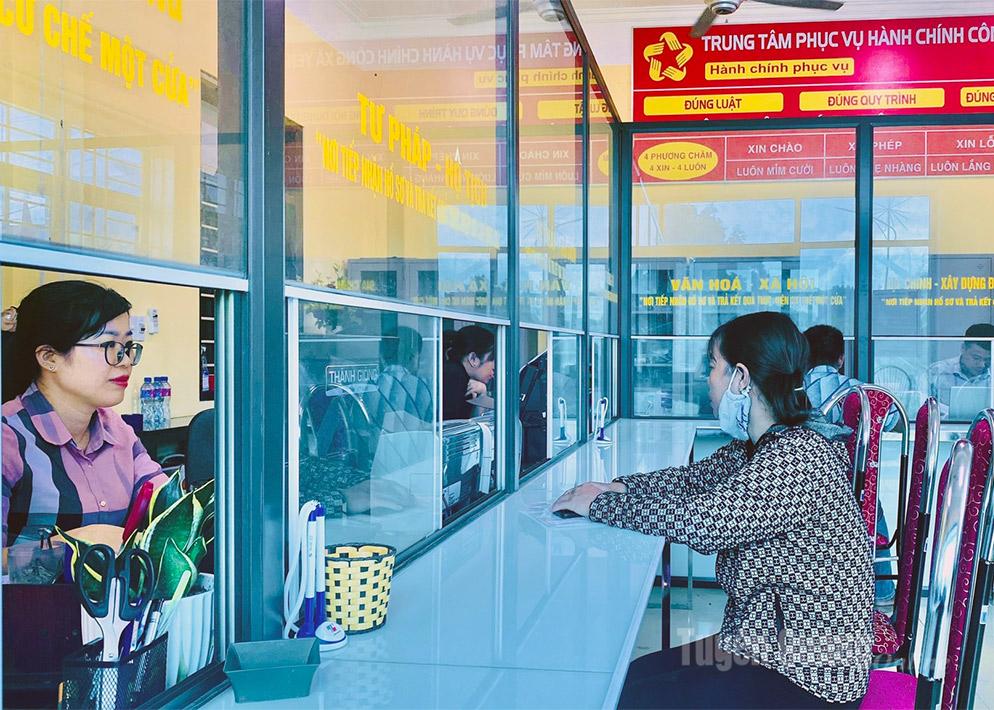

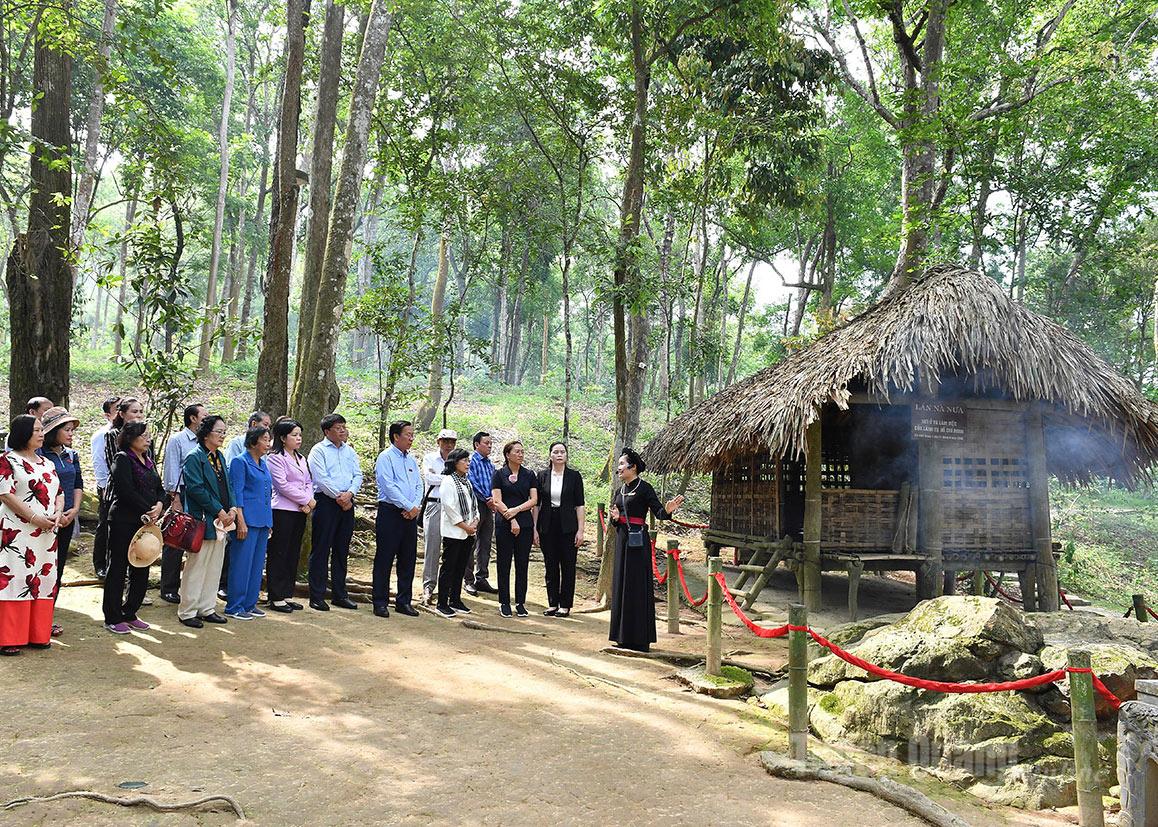
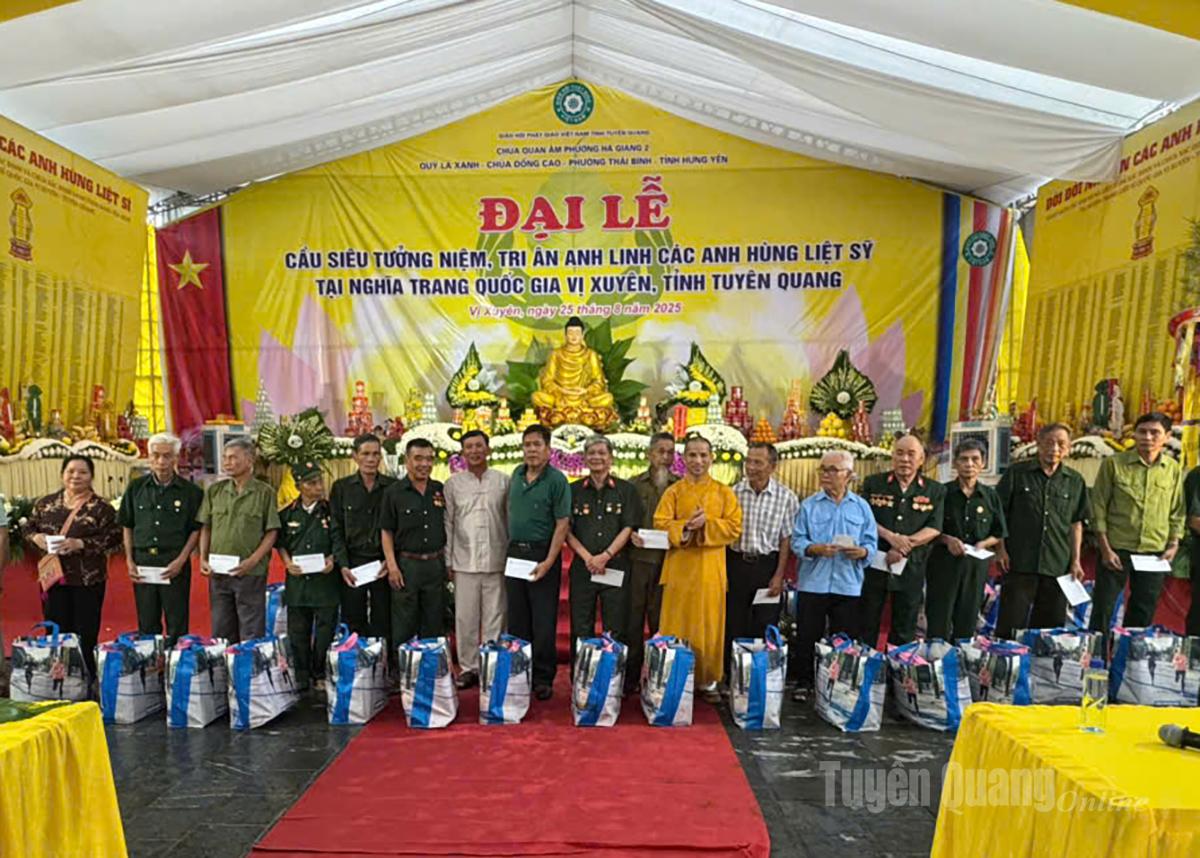
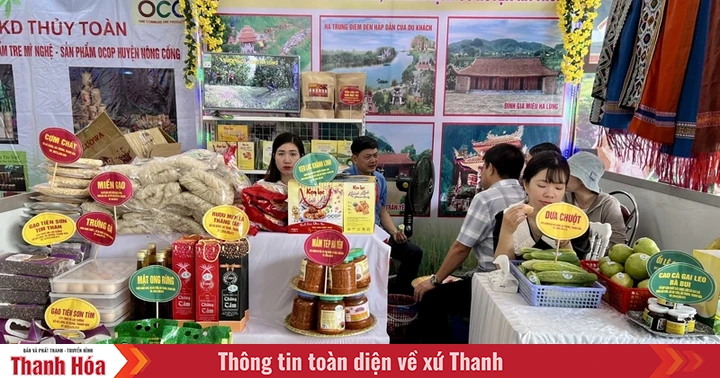

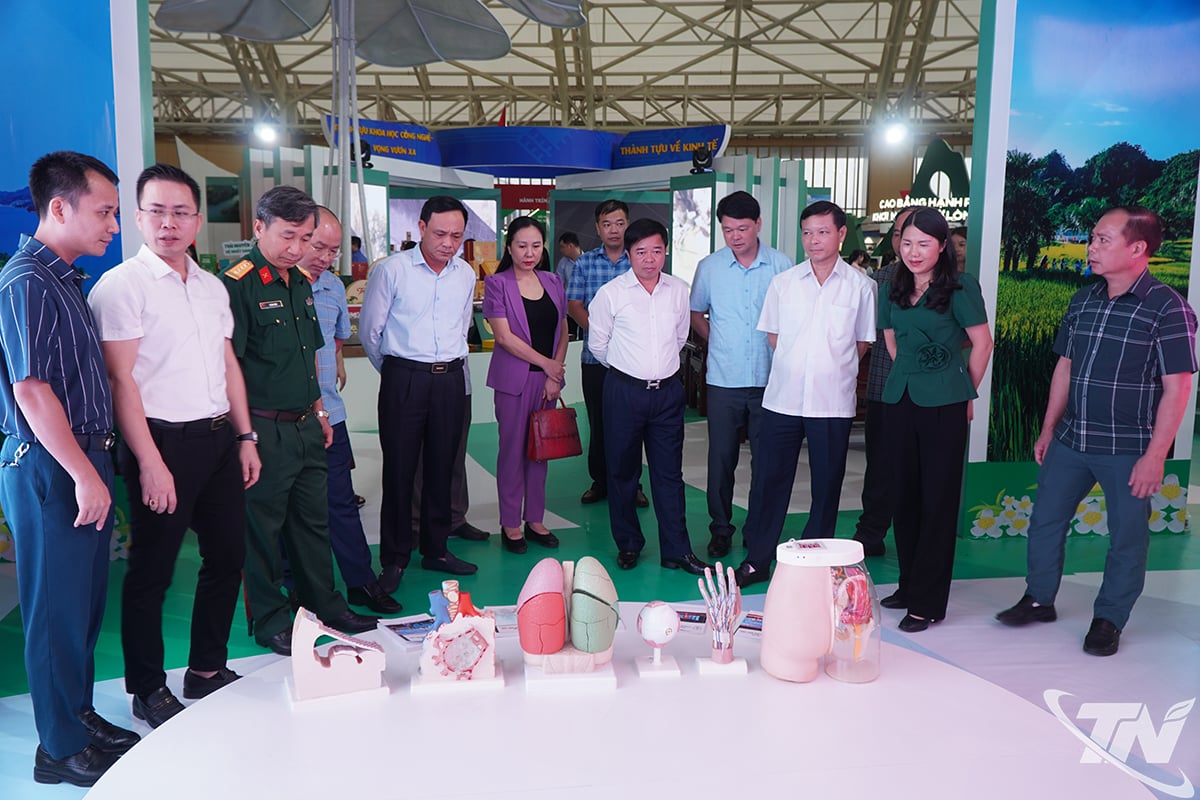




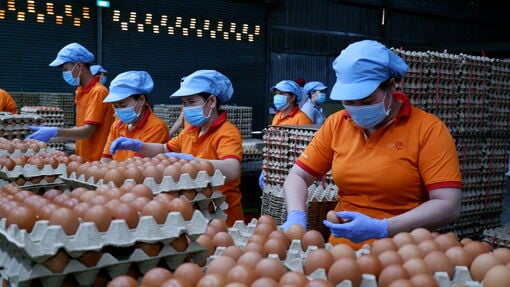

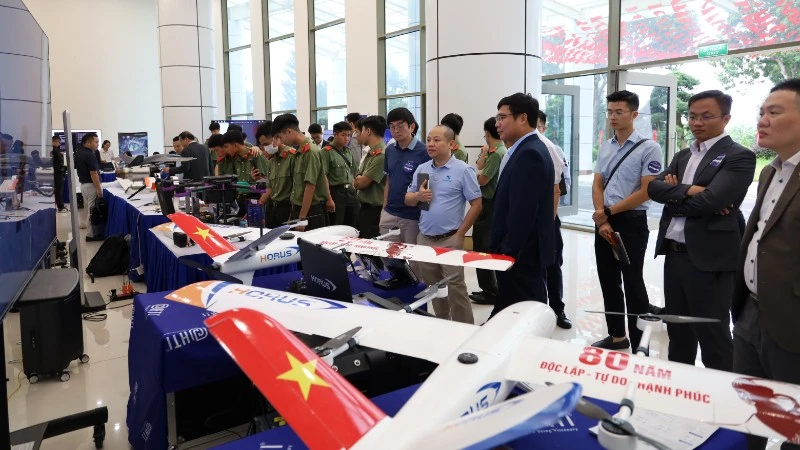
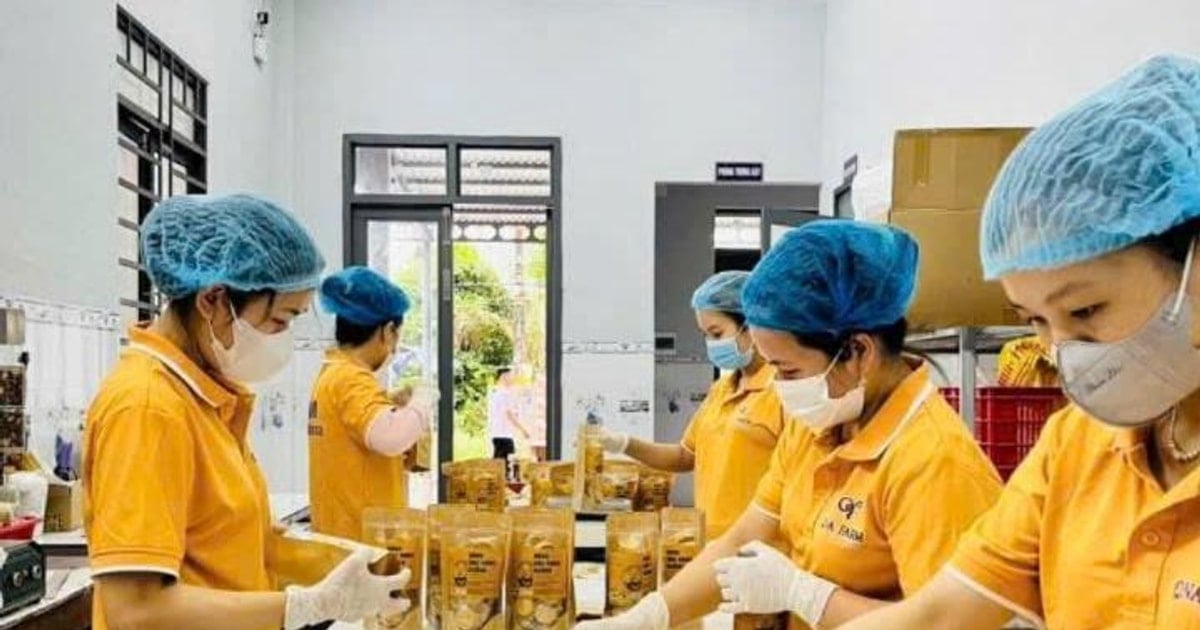

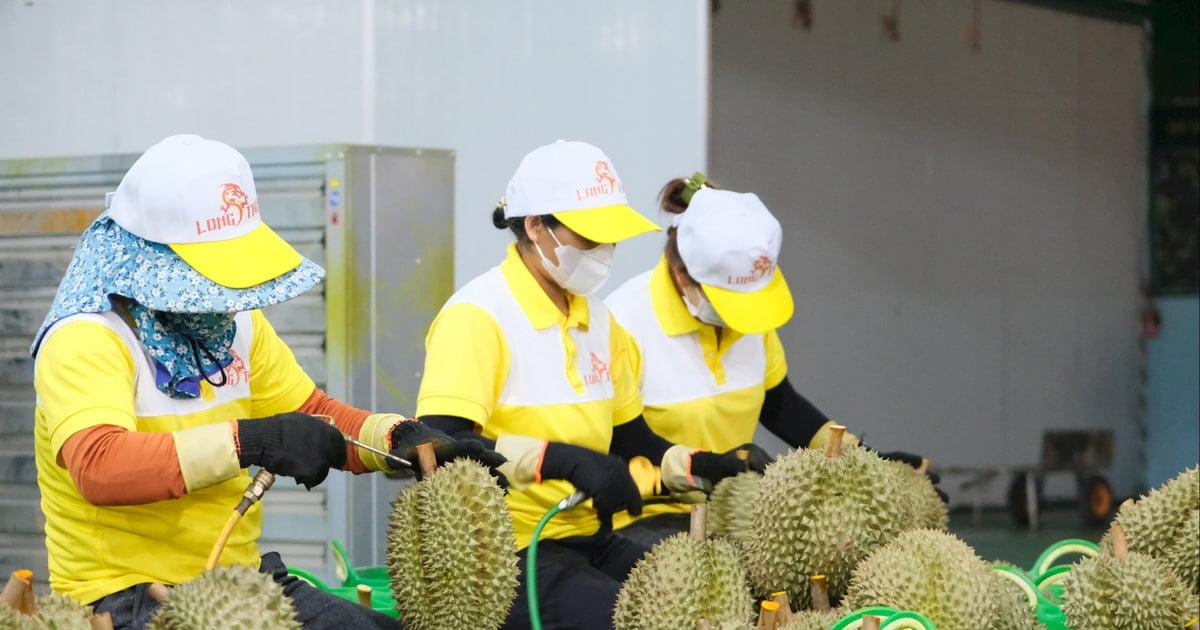






Comment (0)